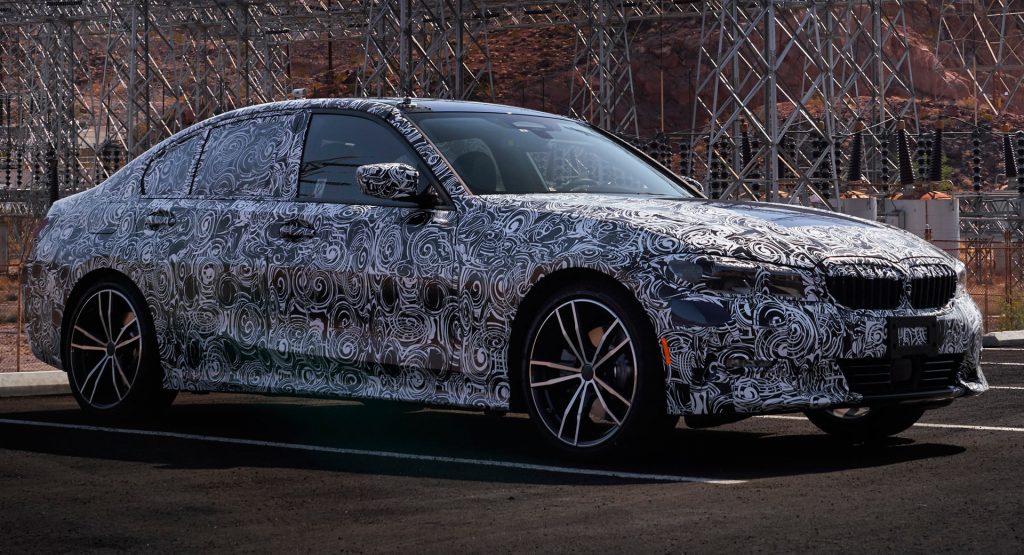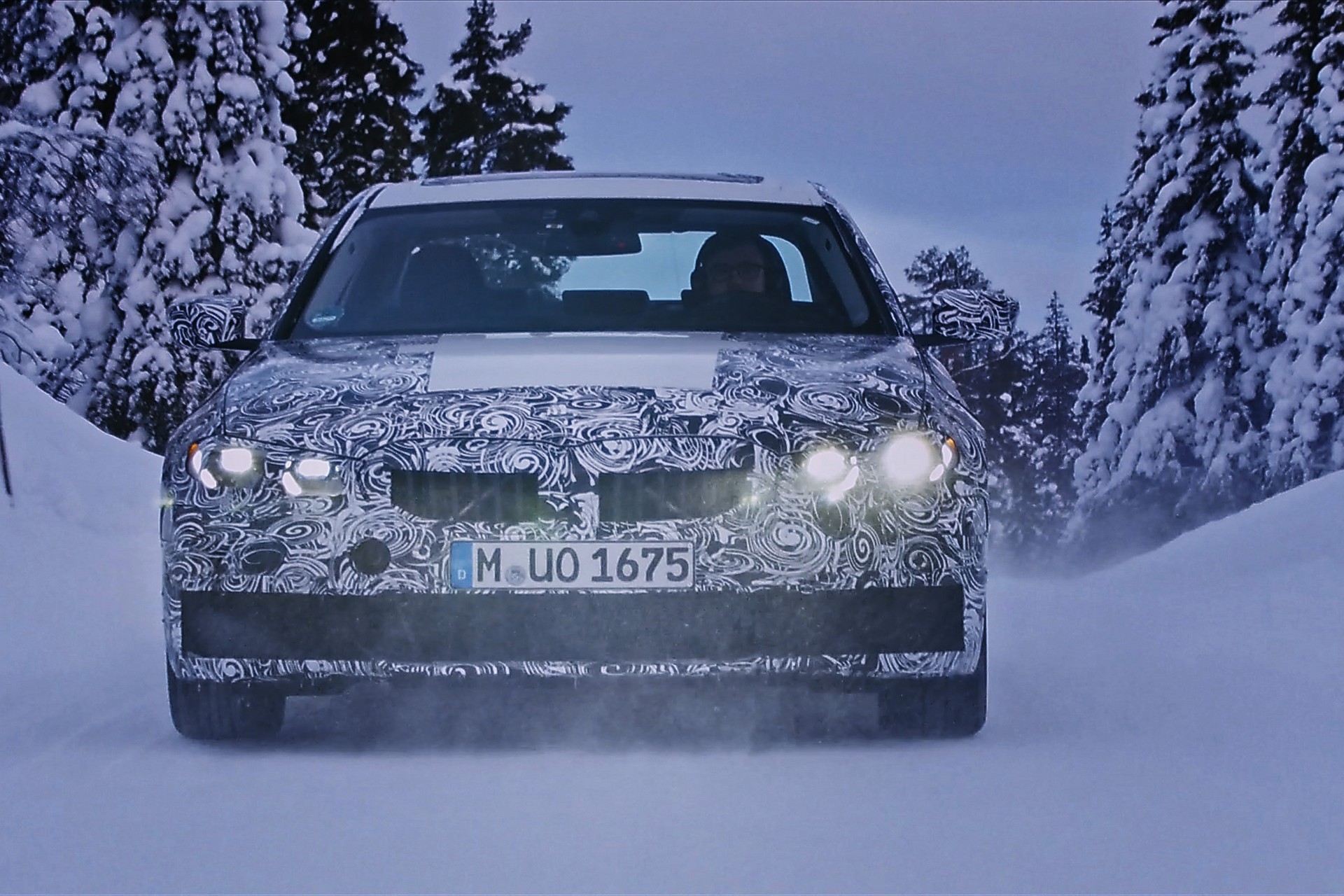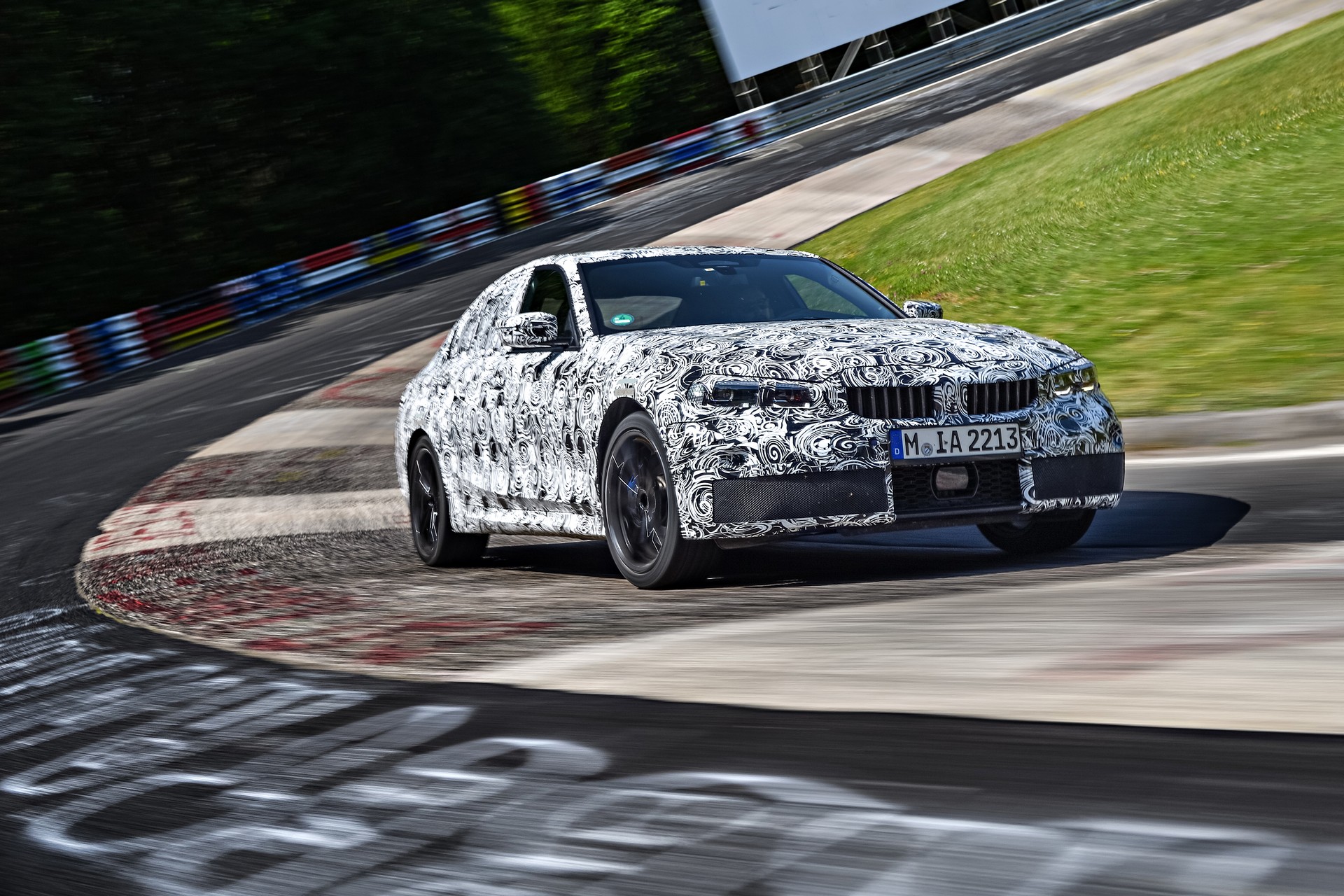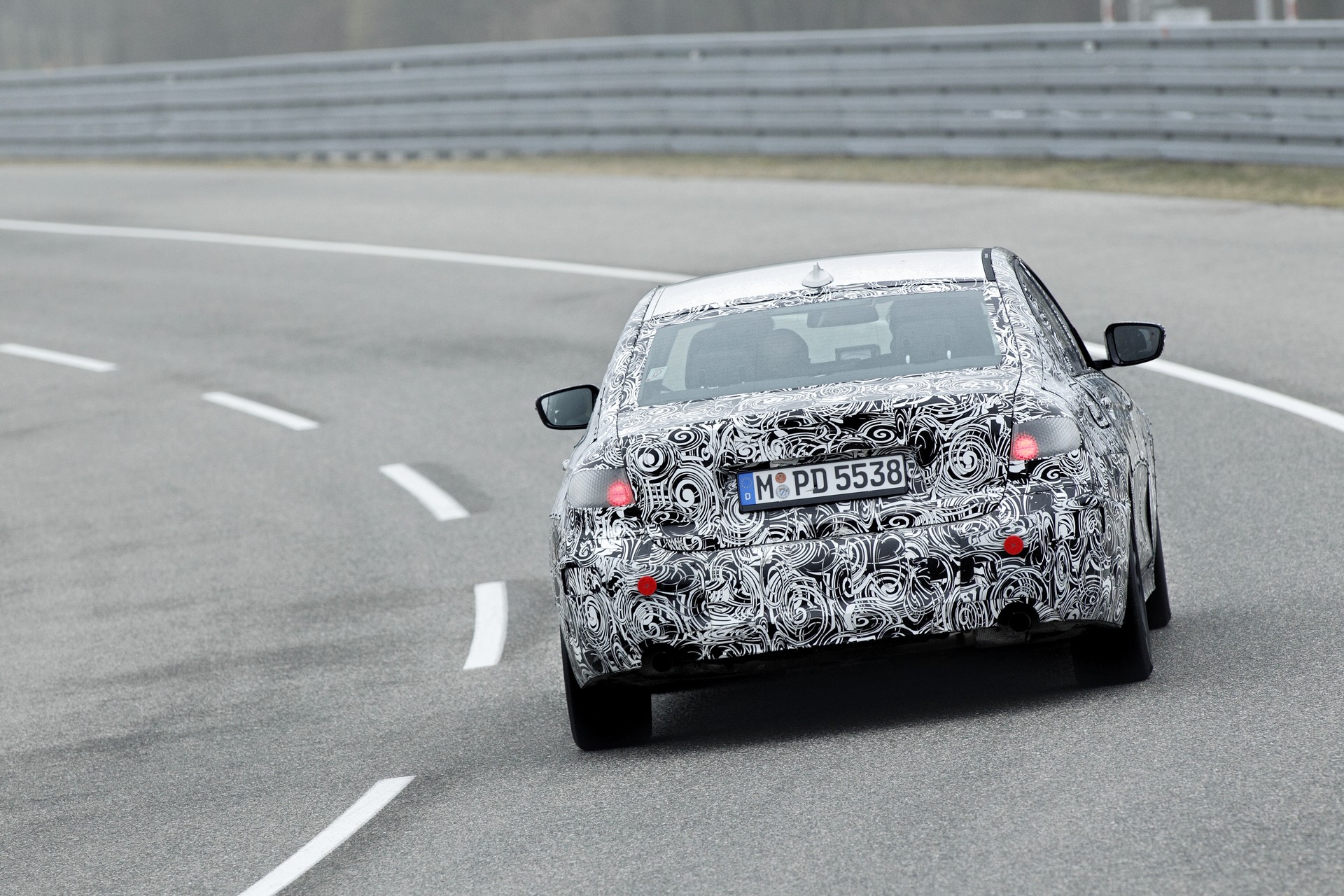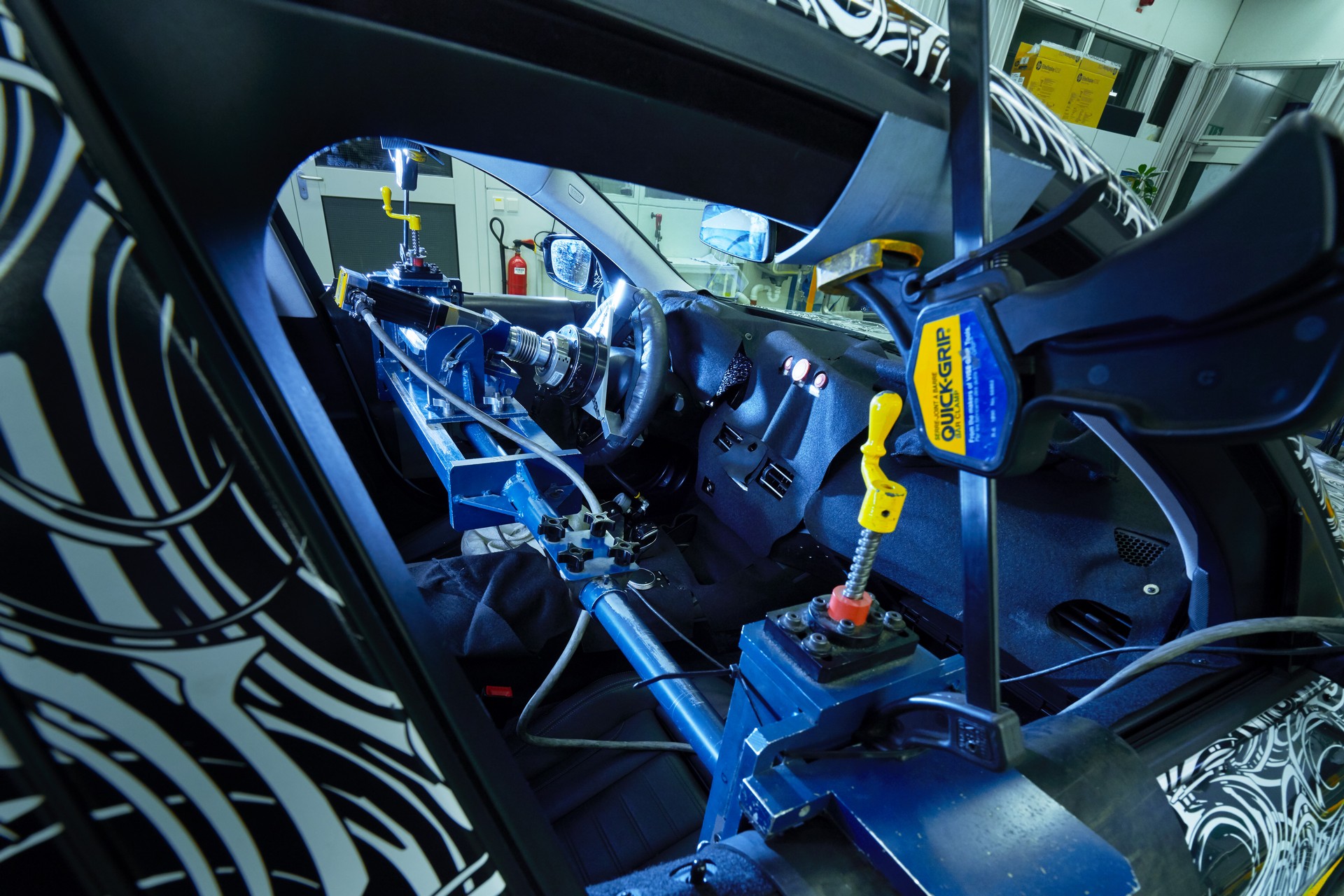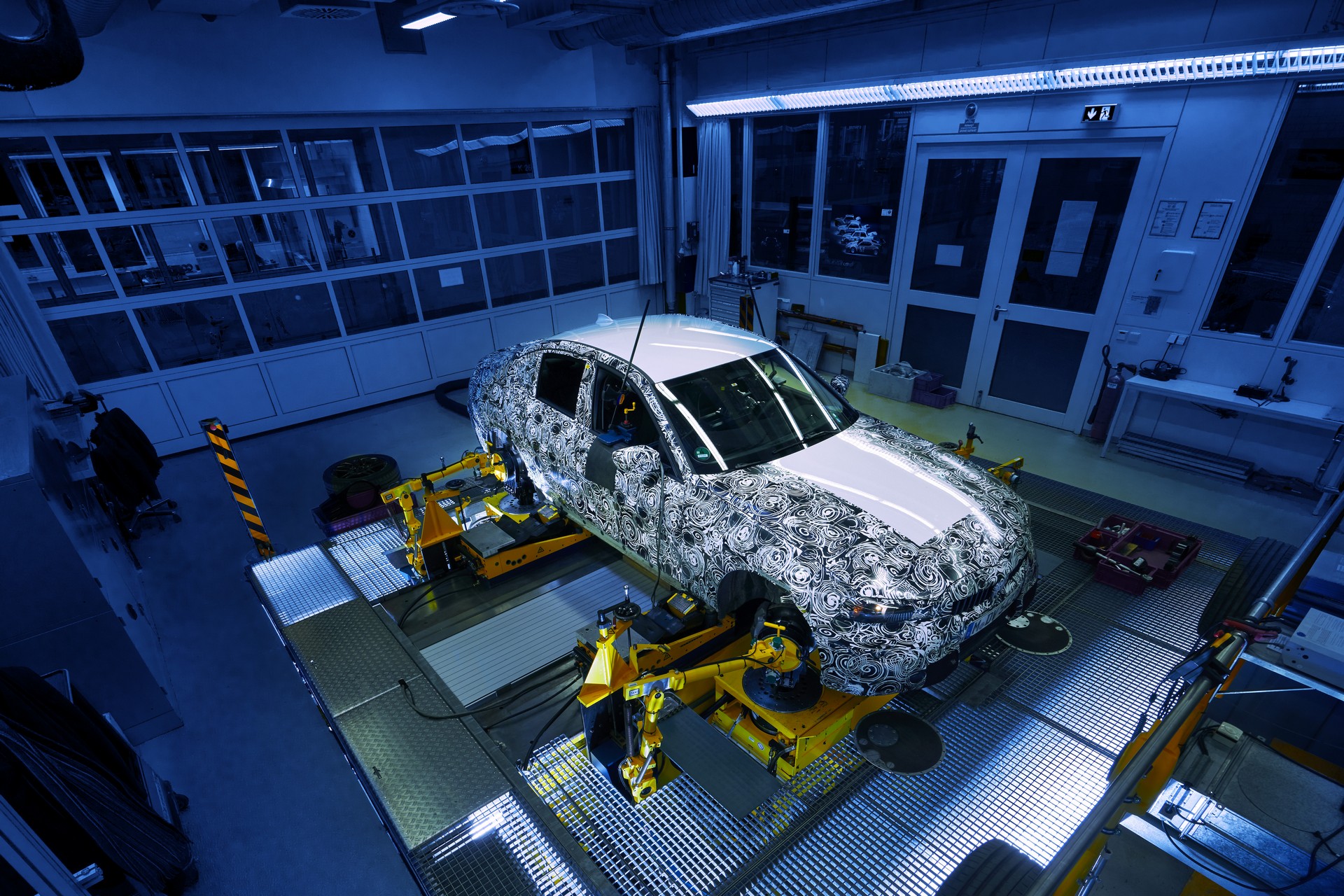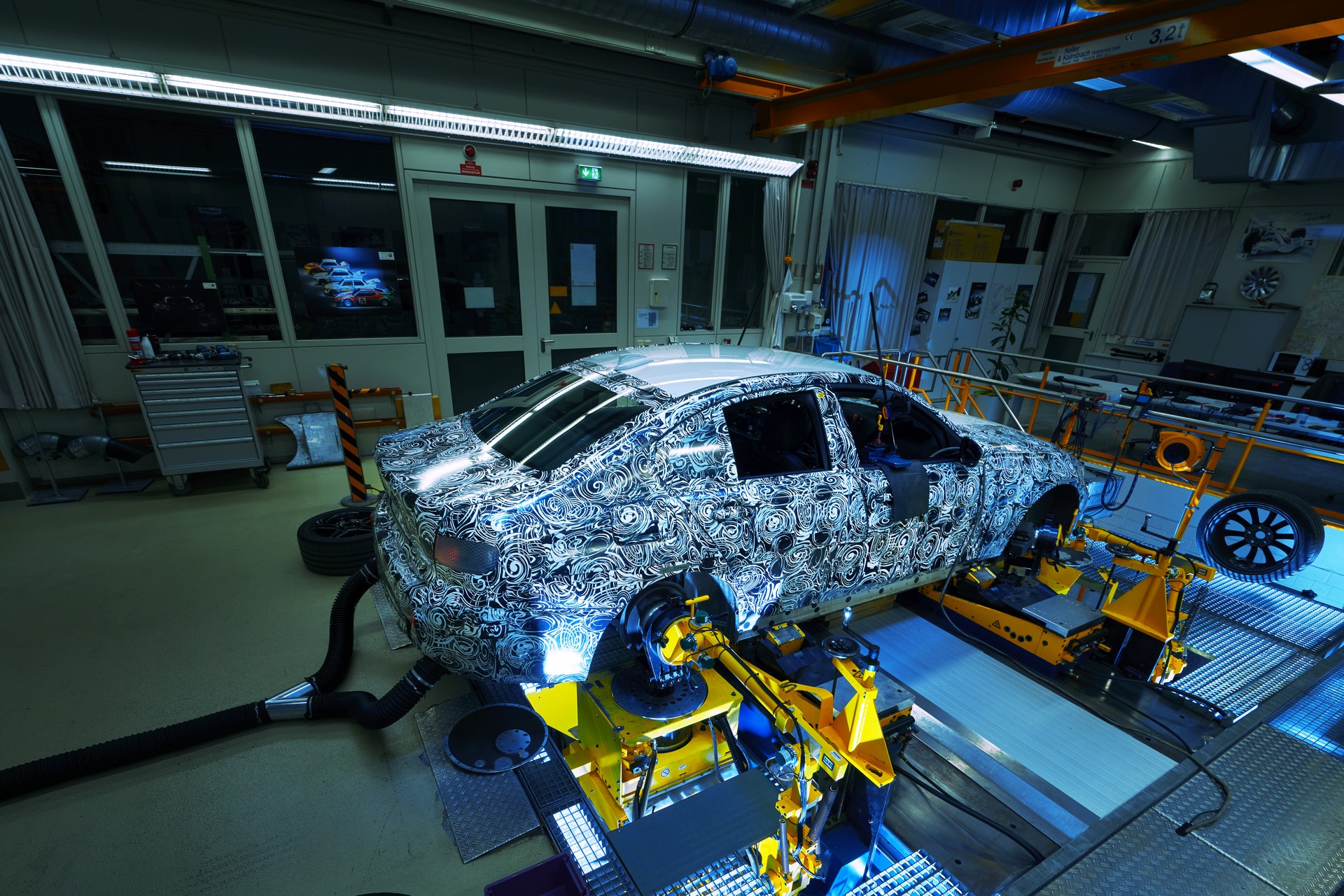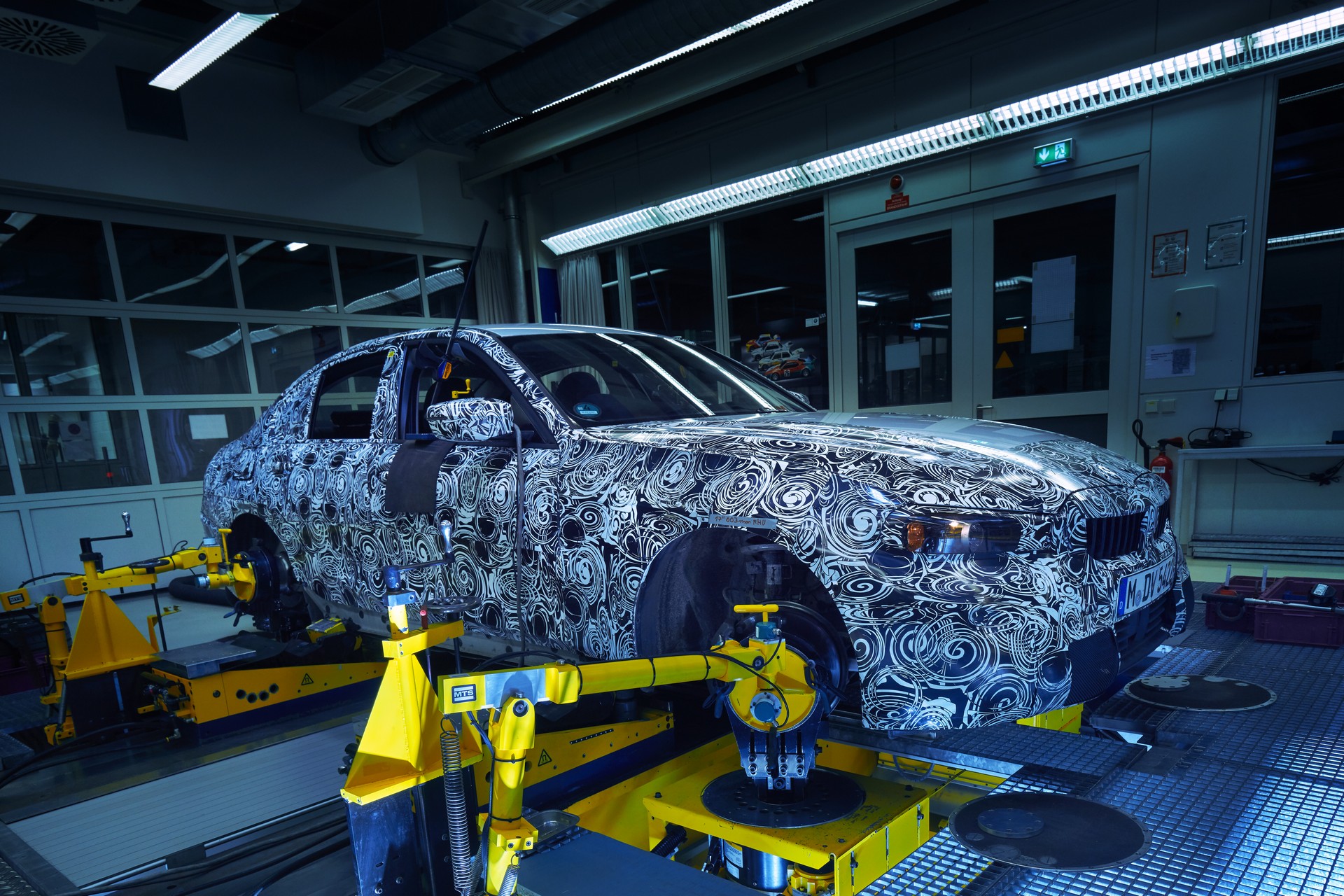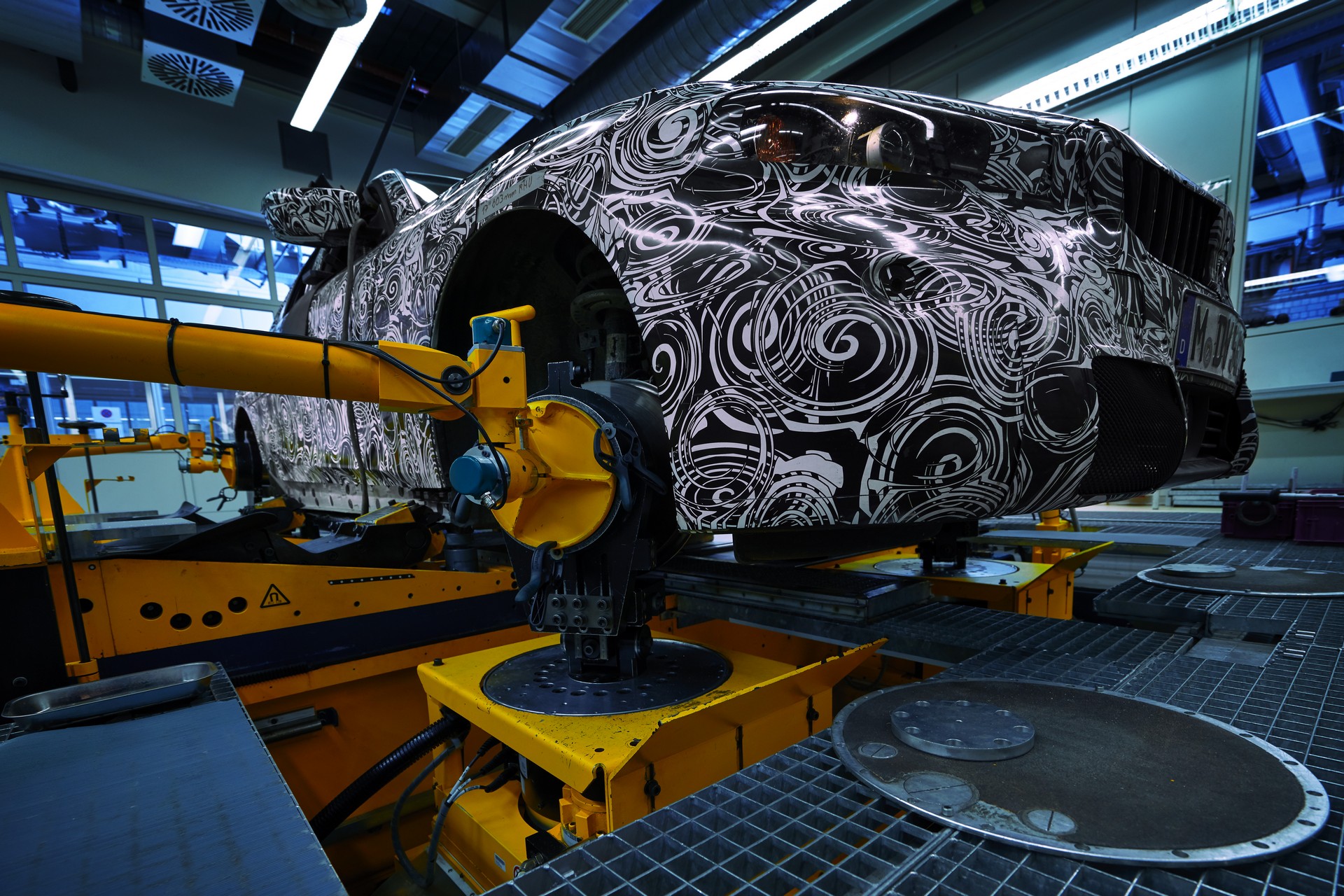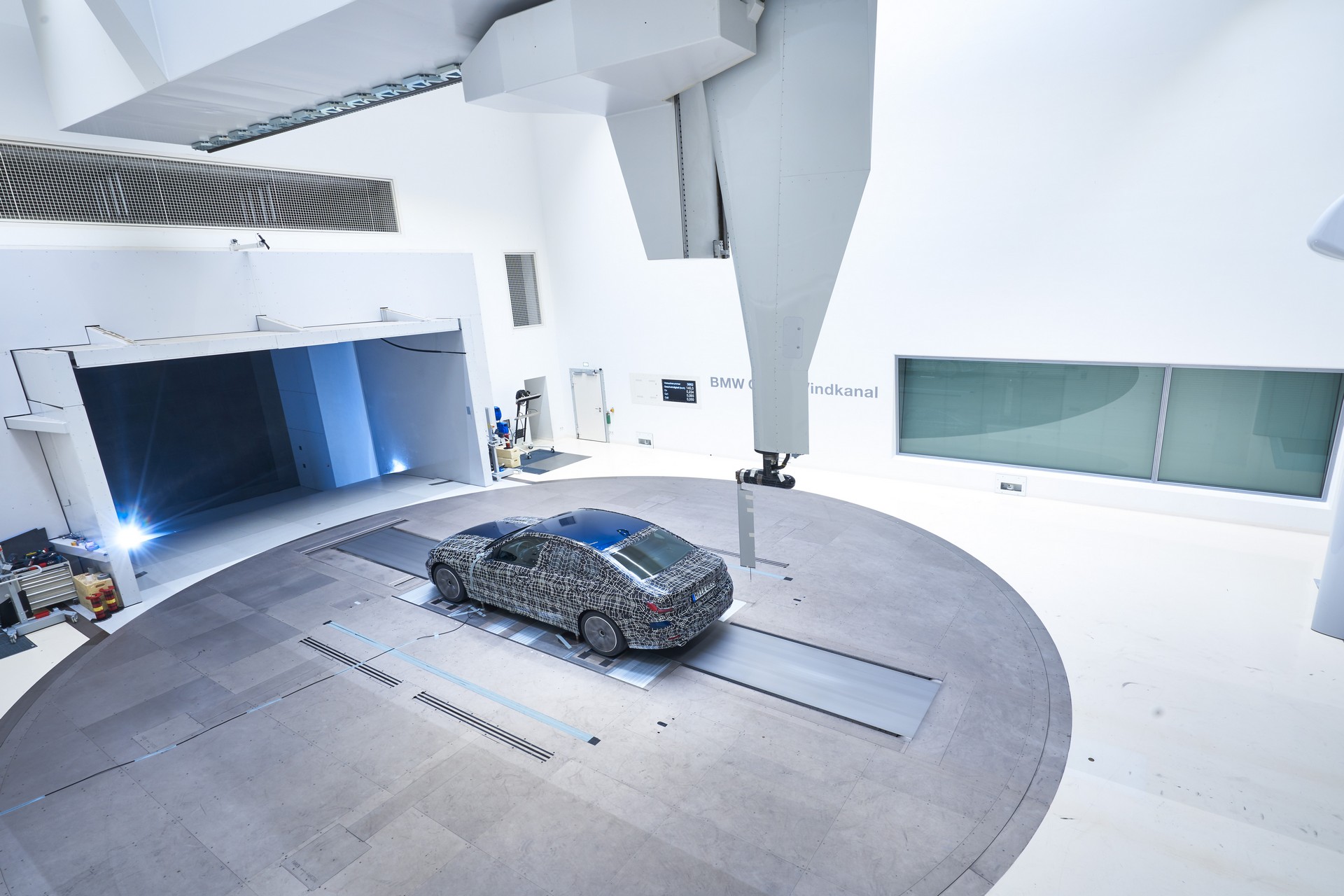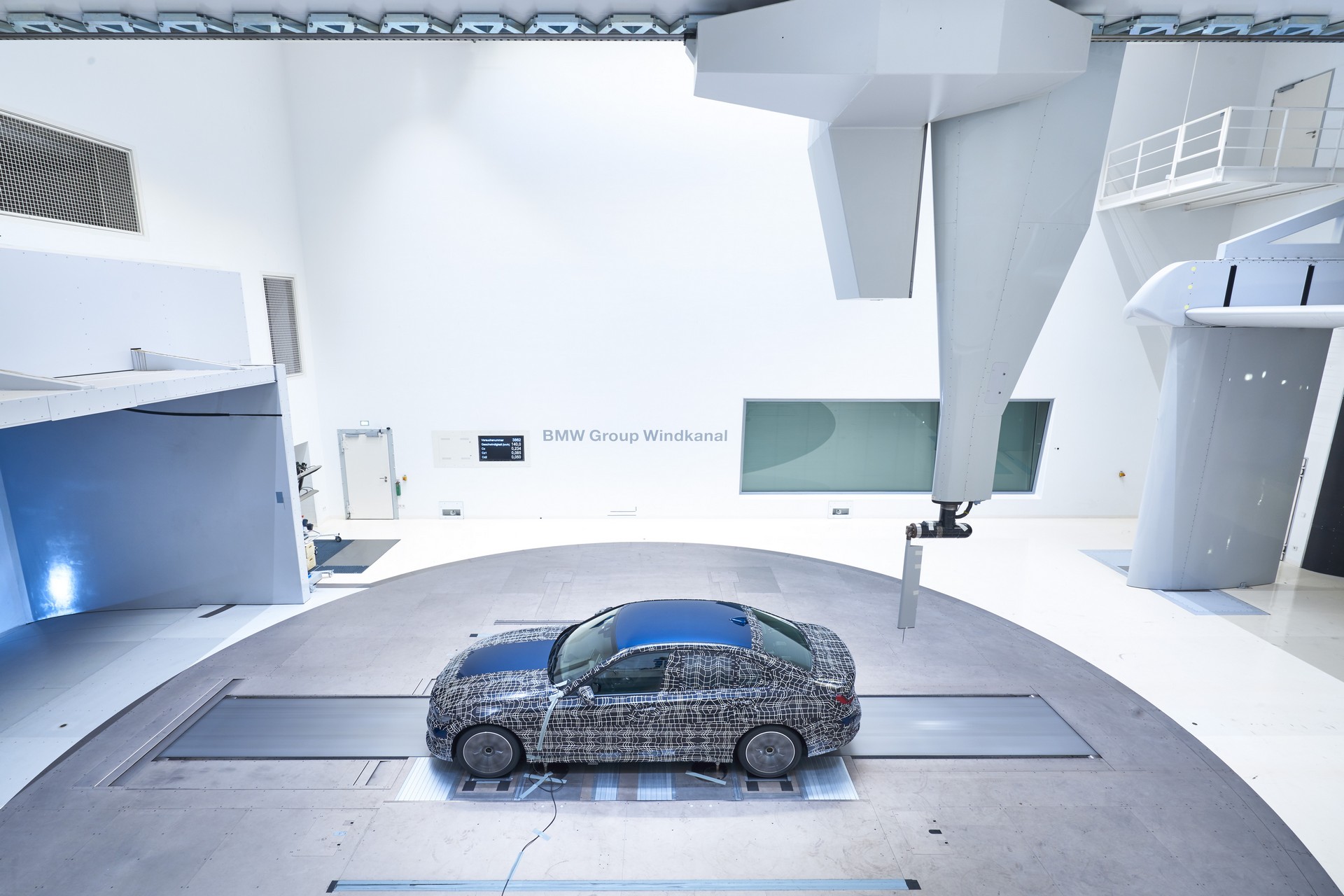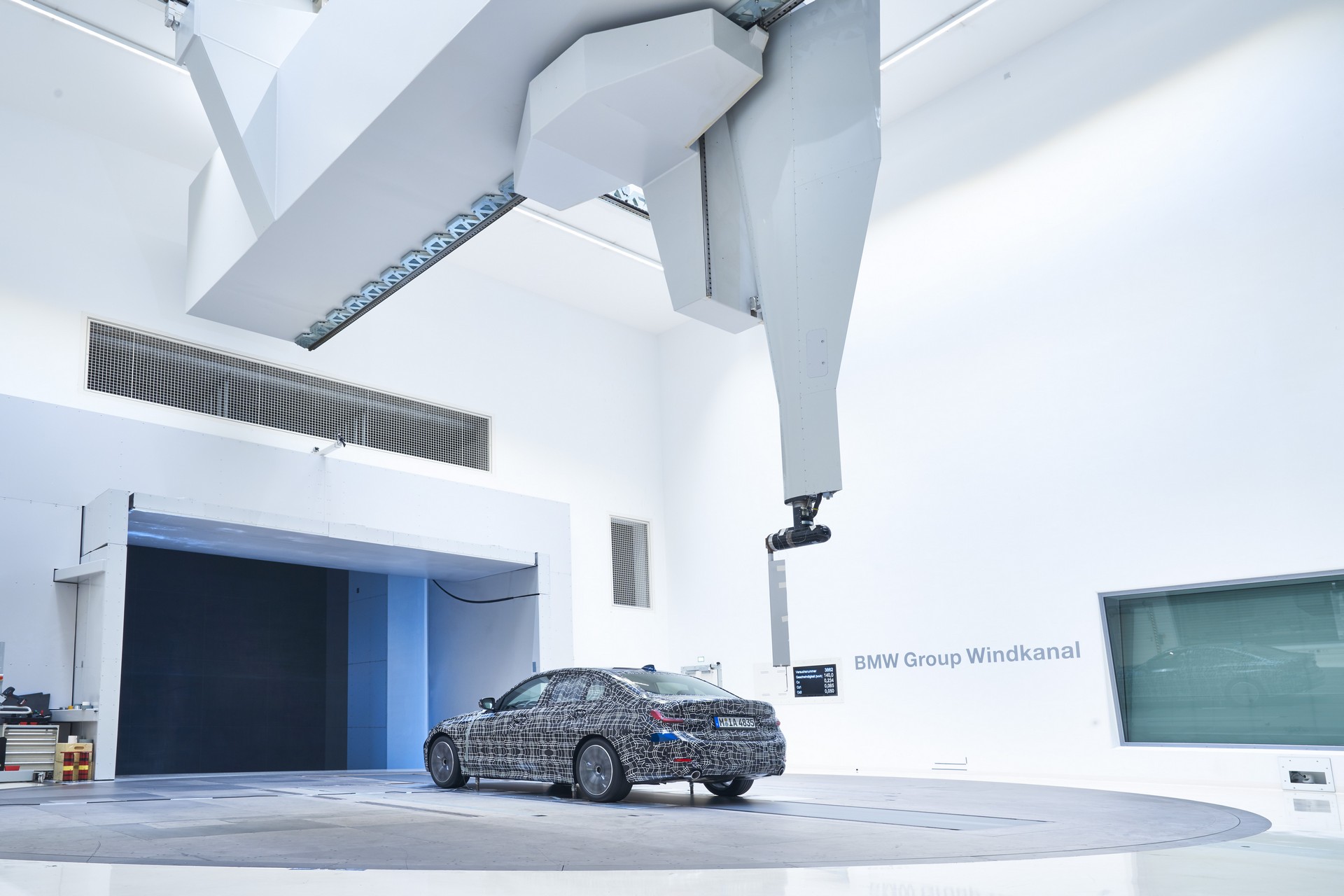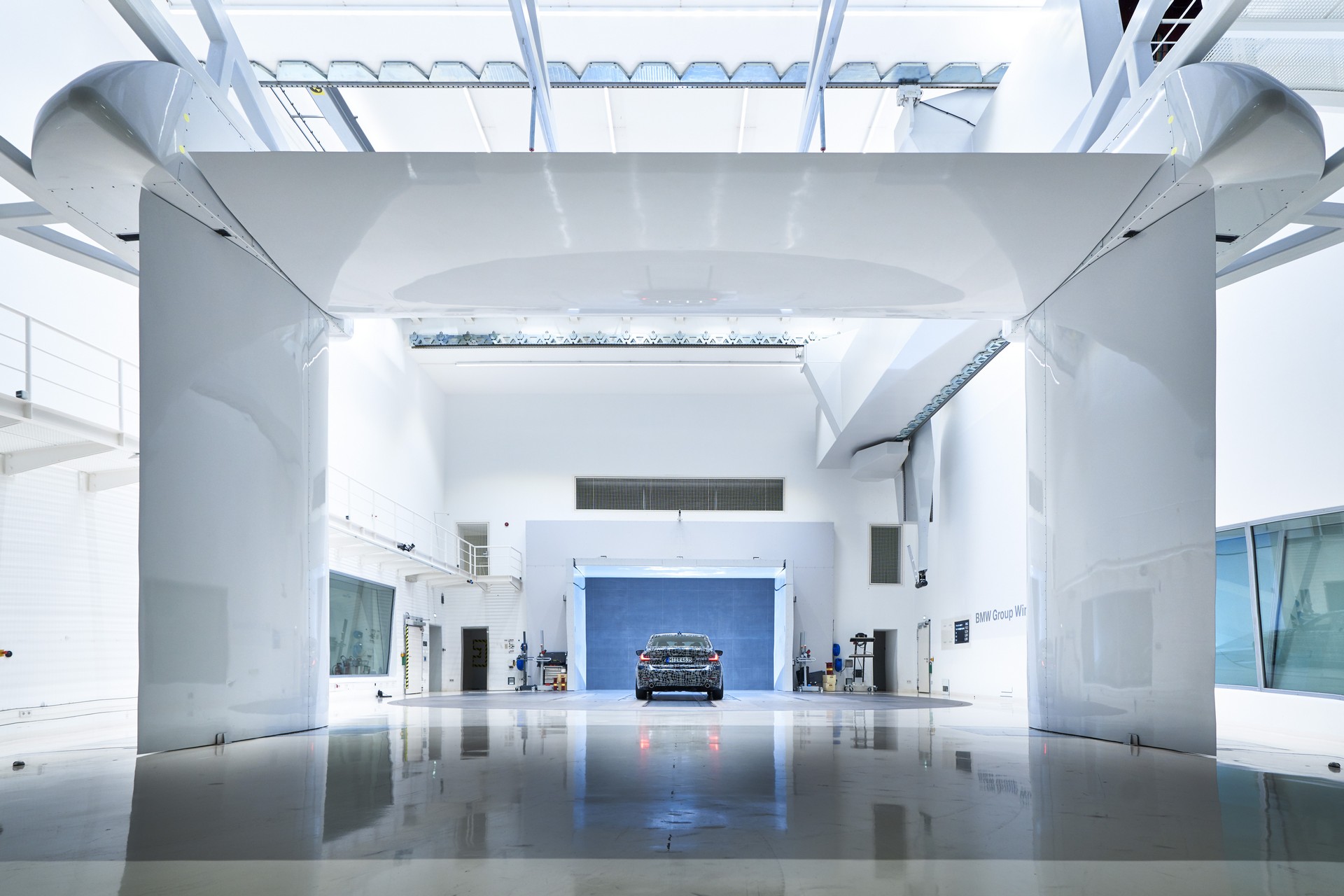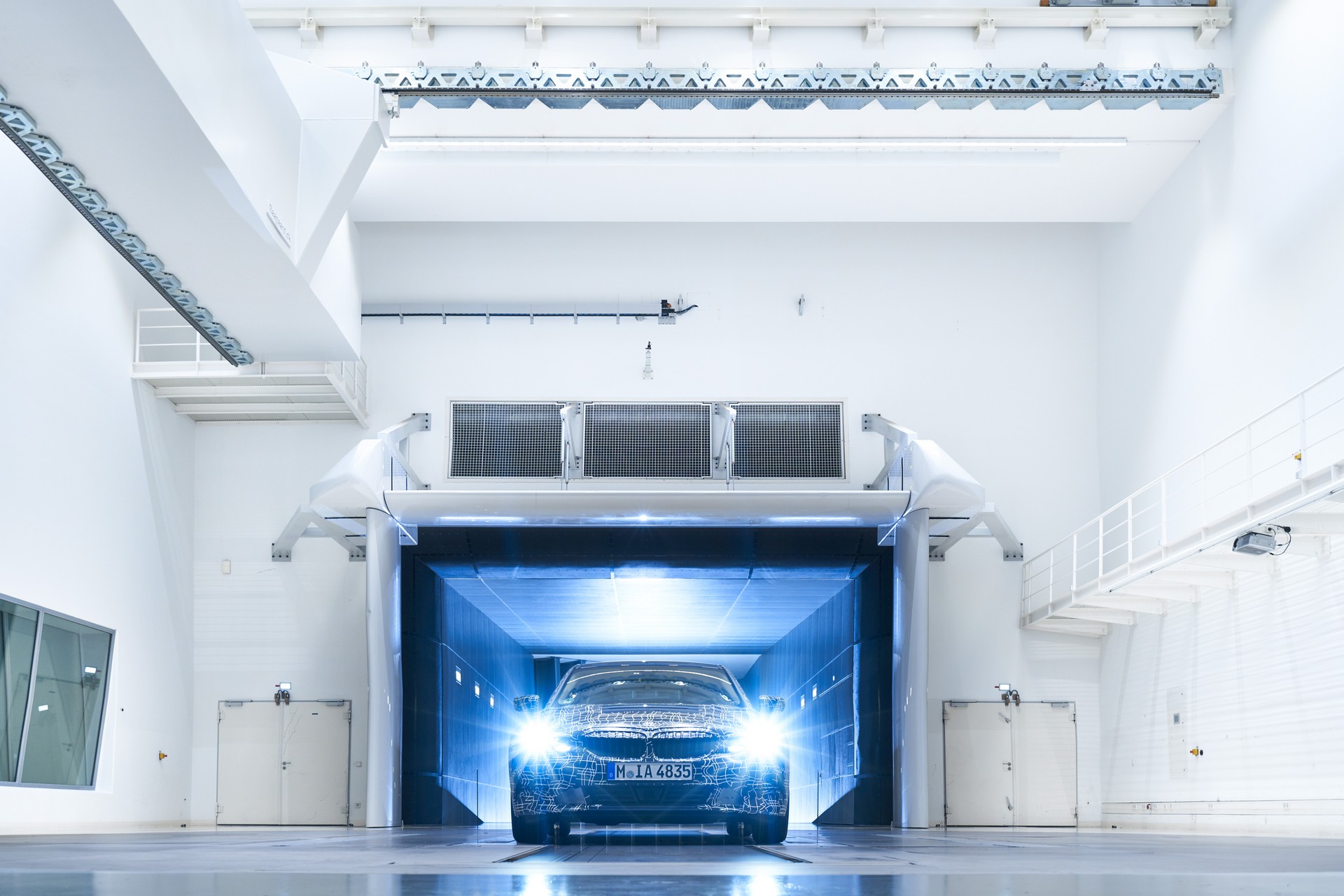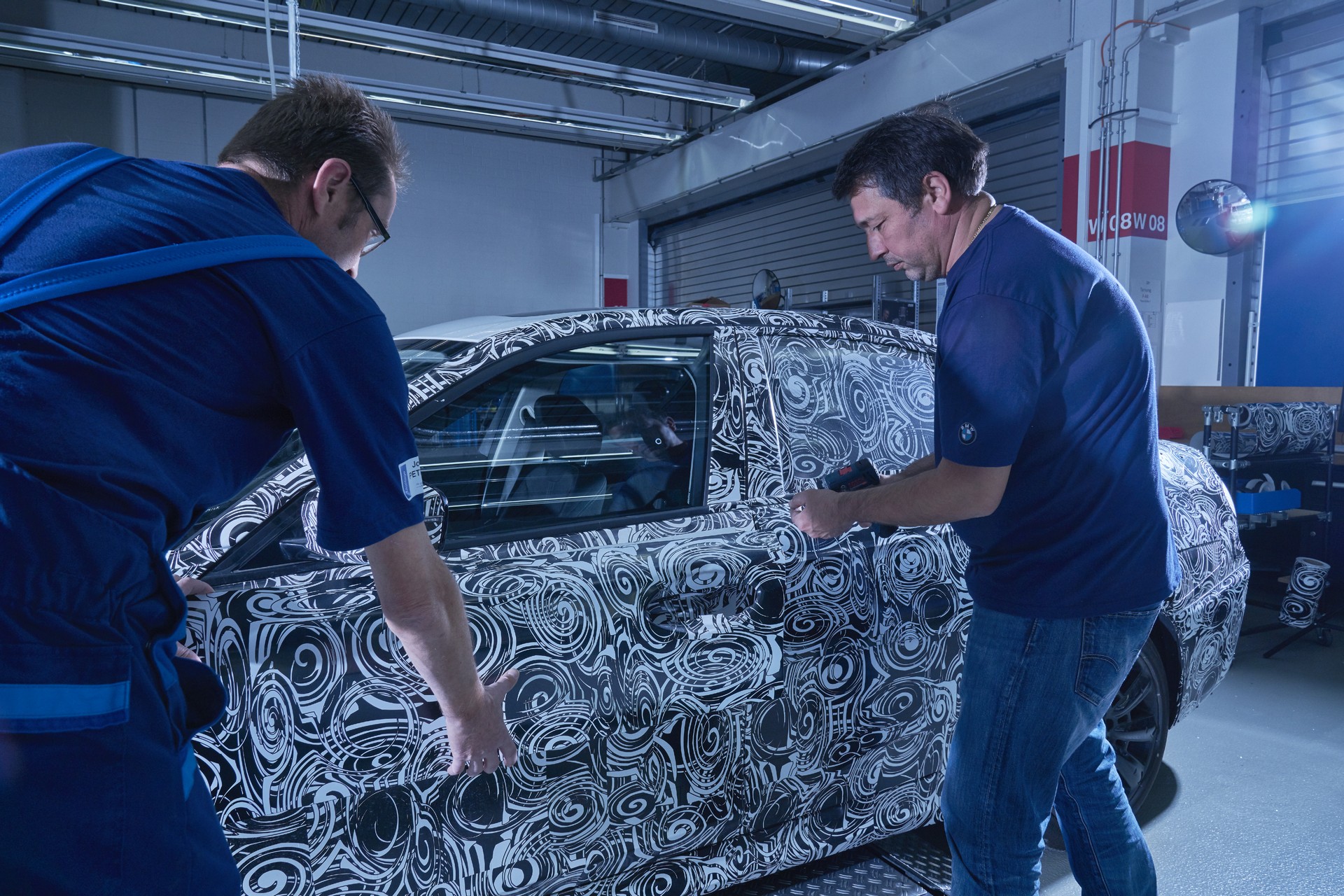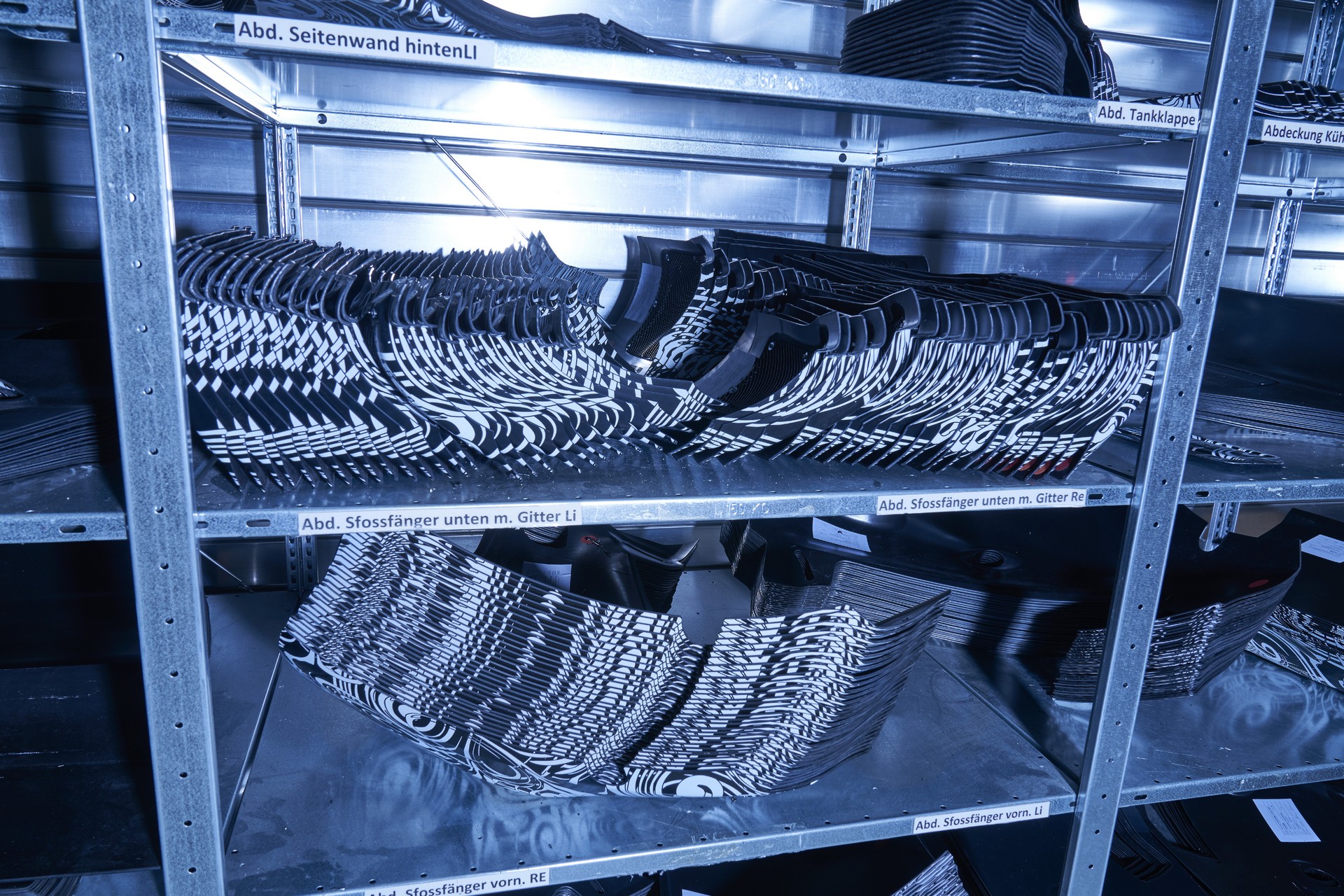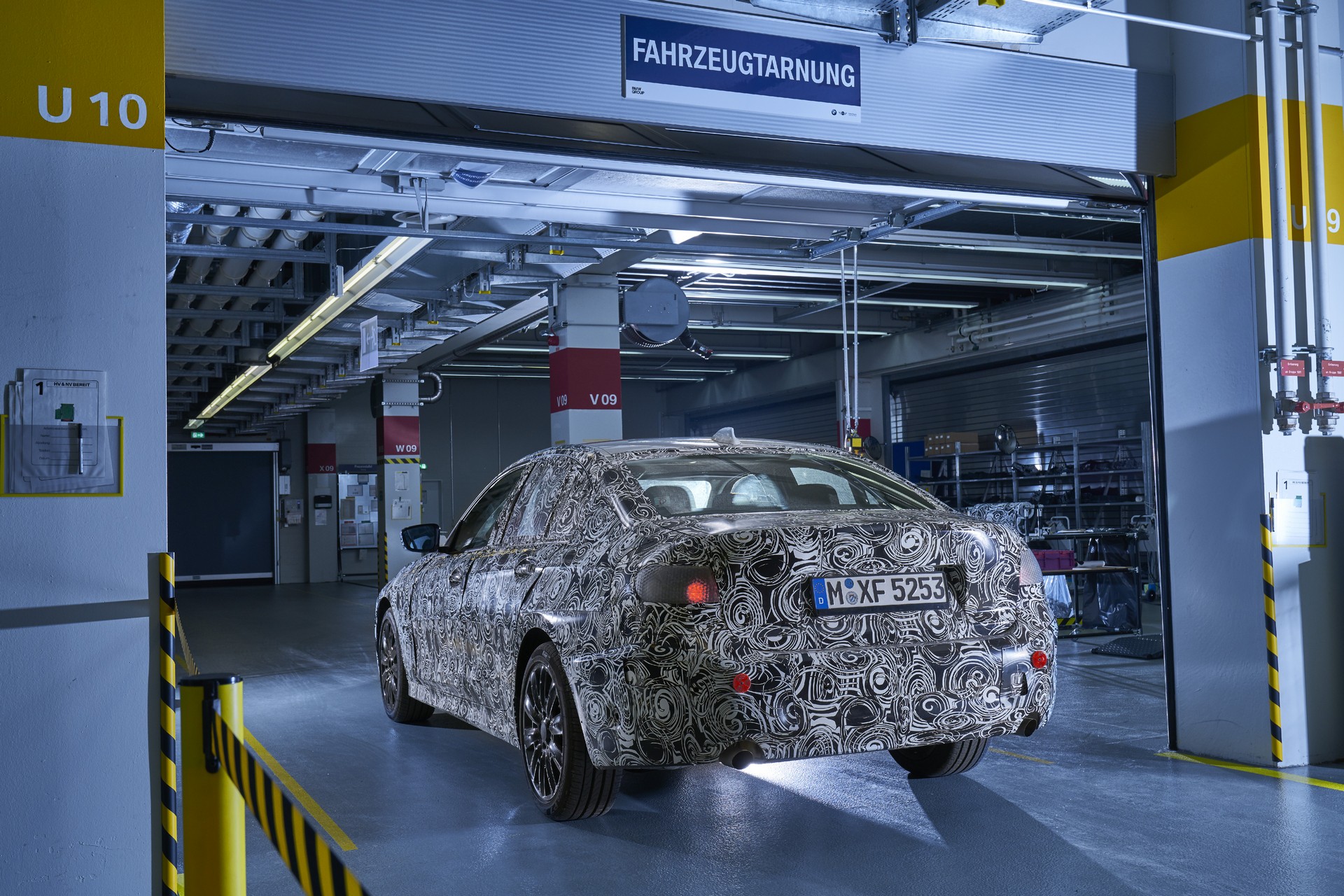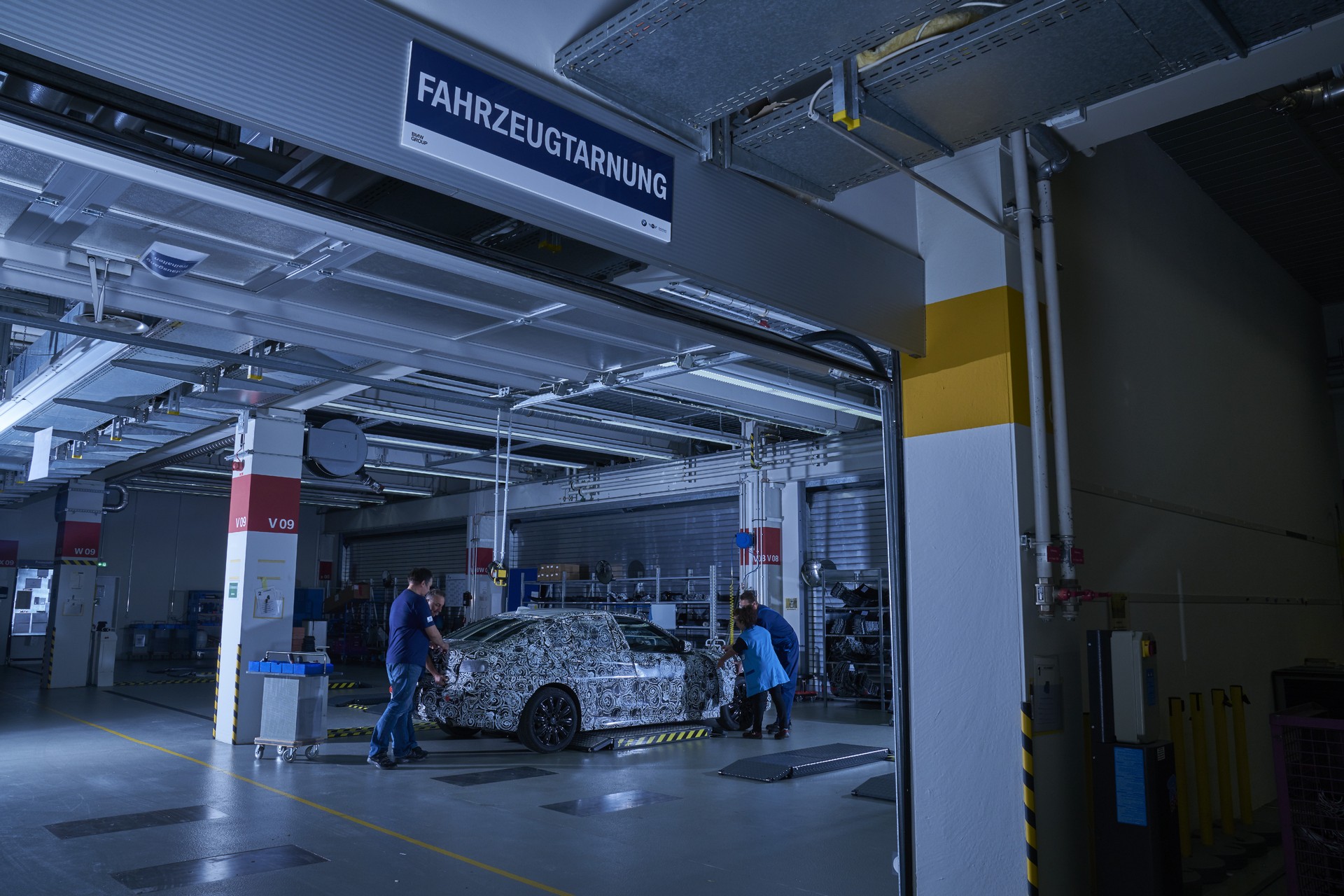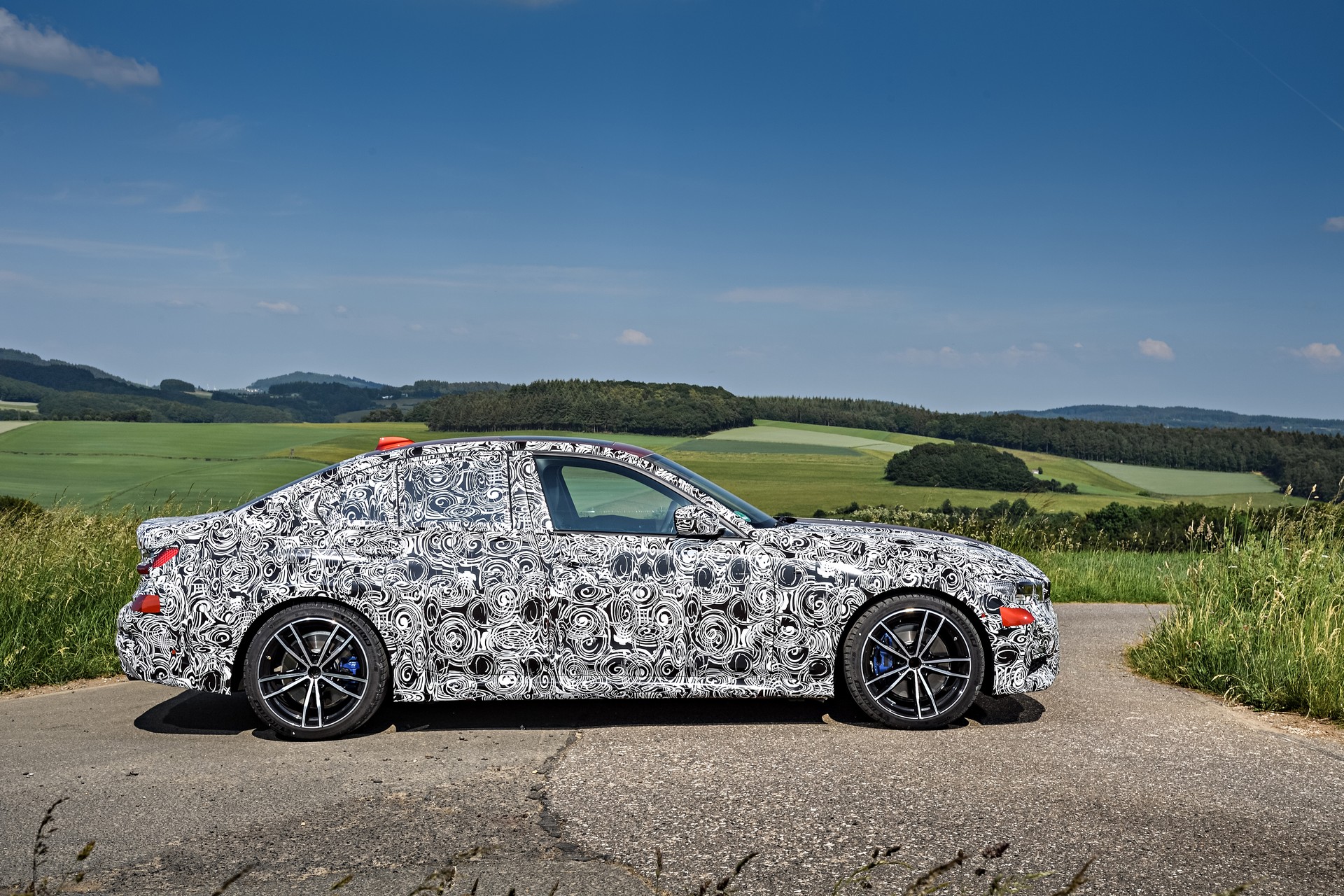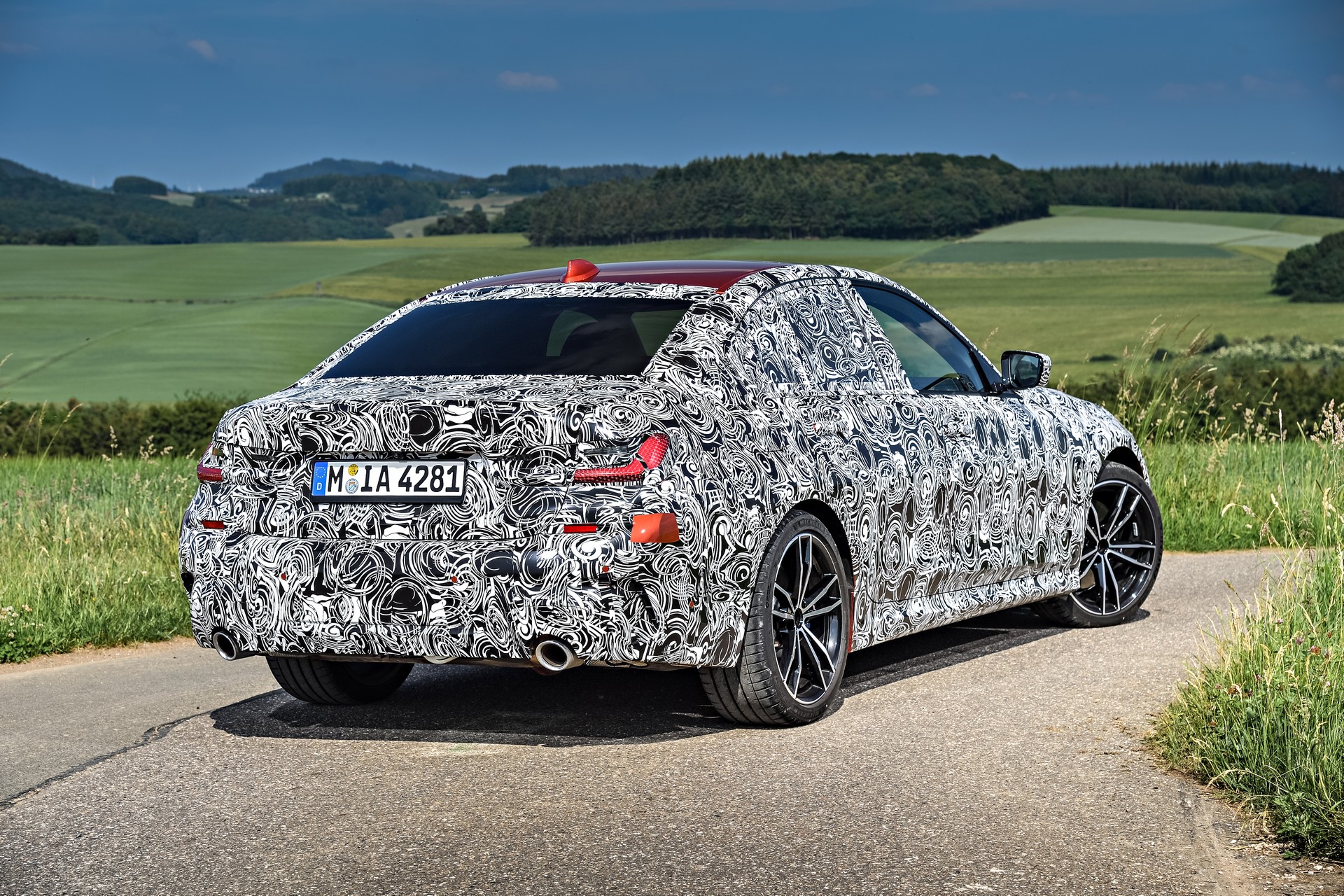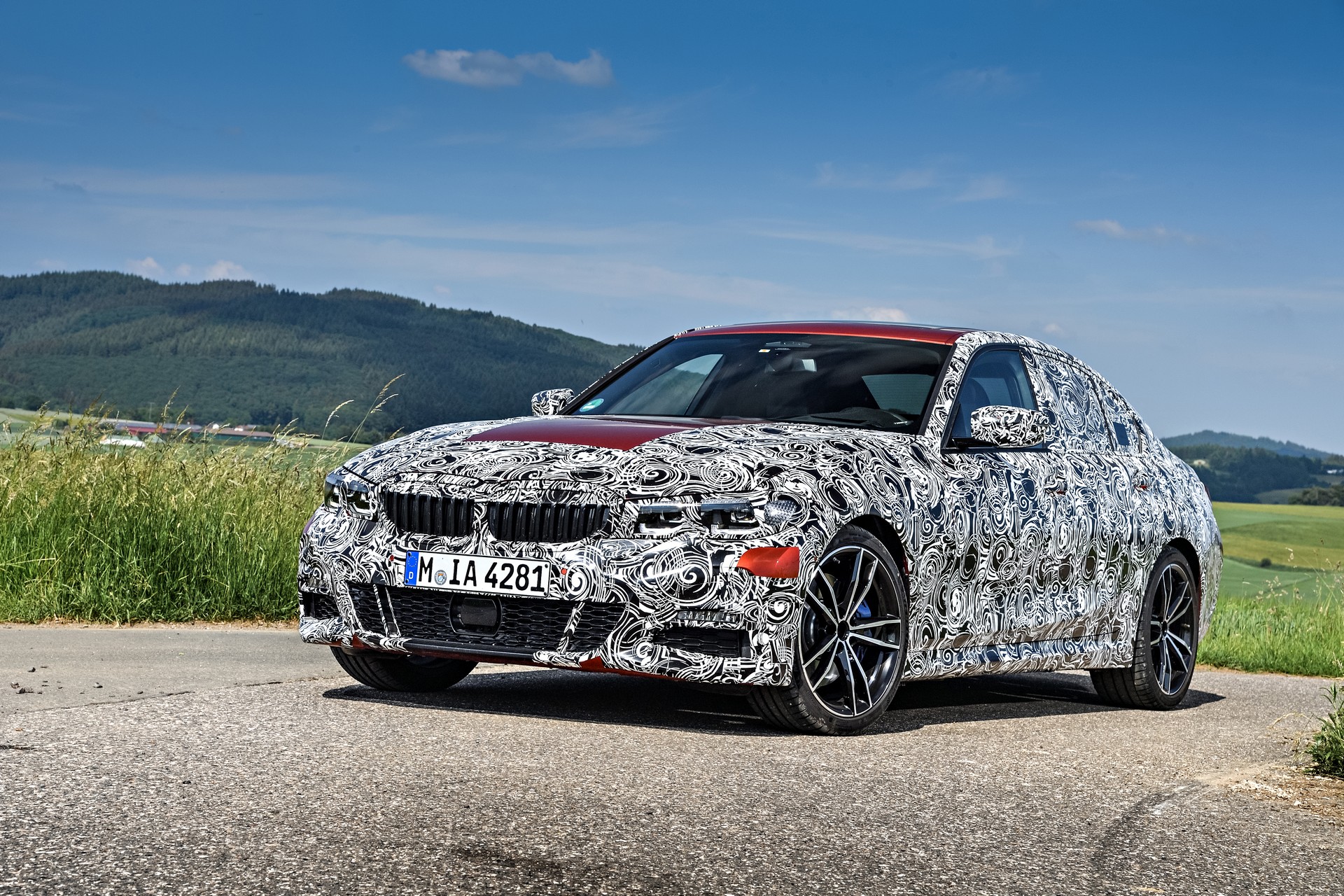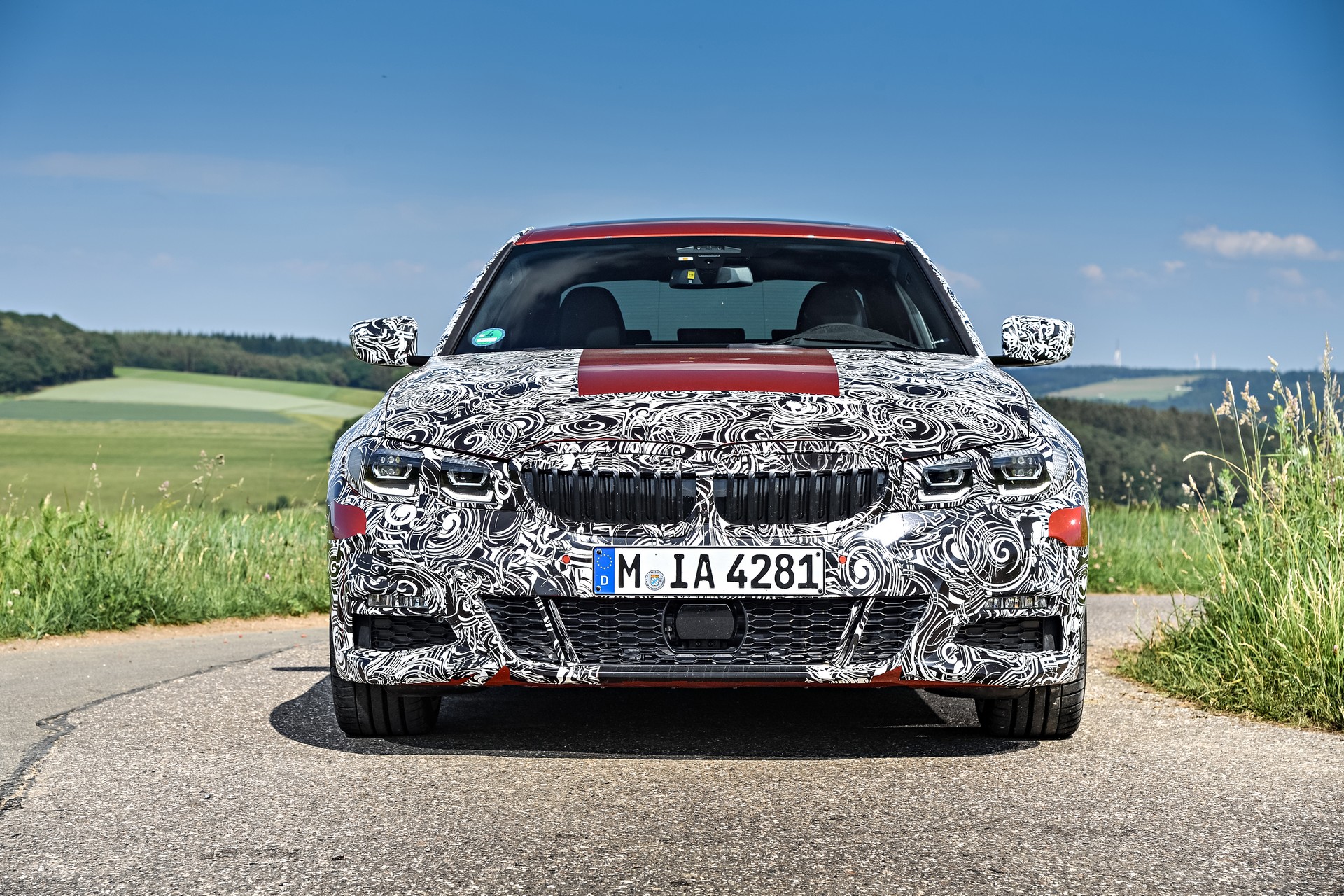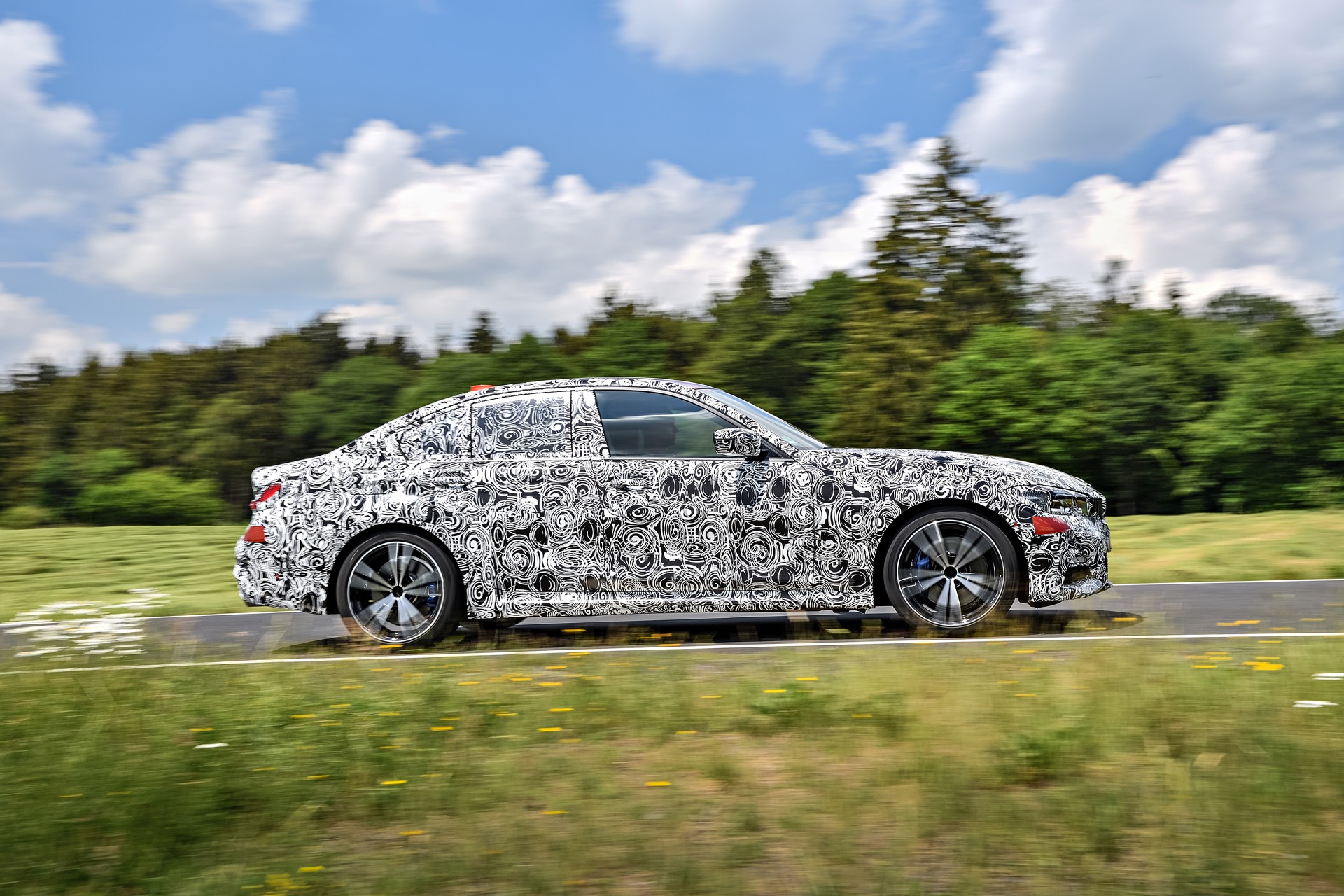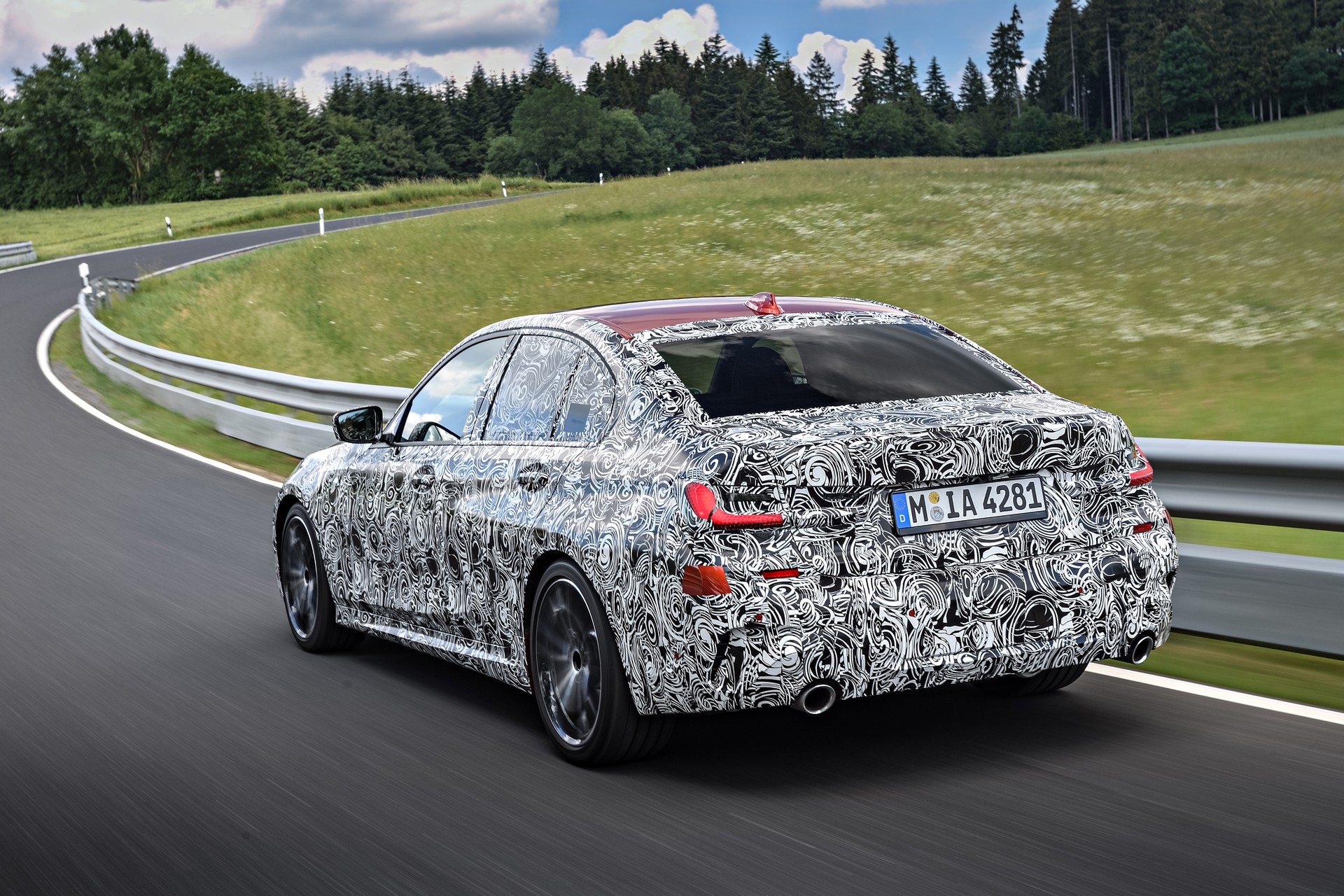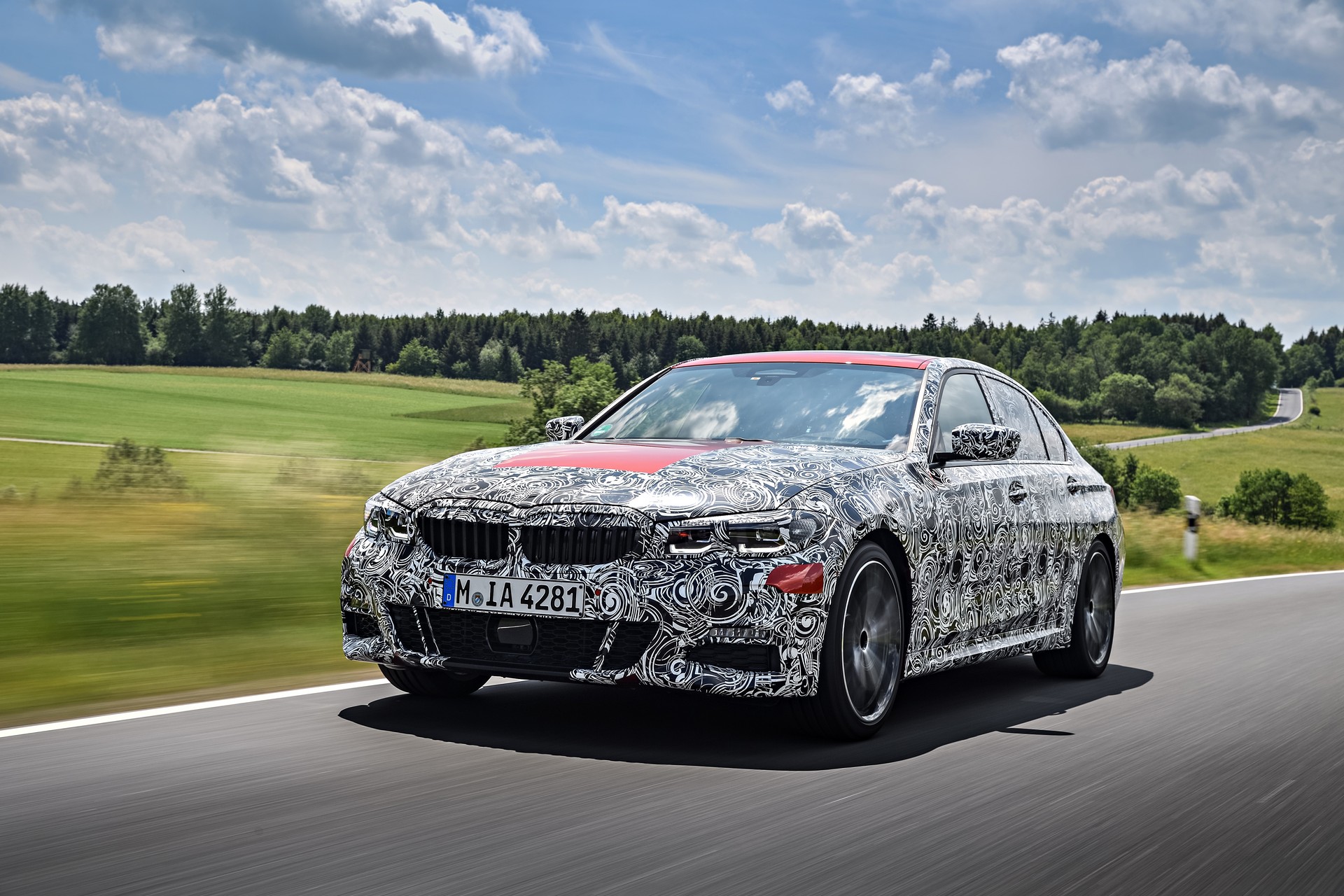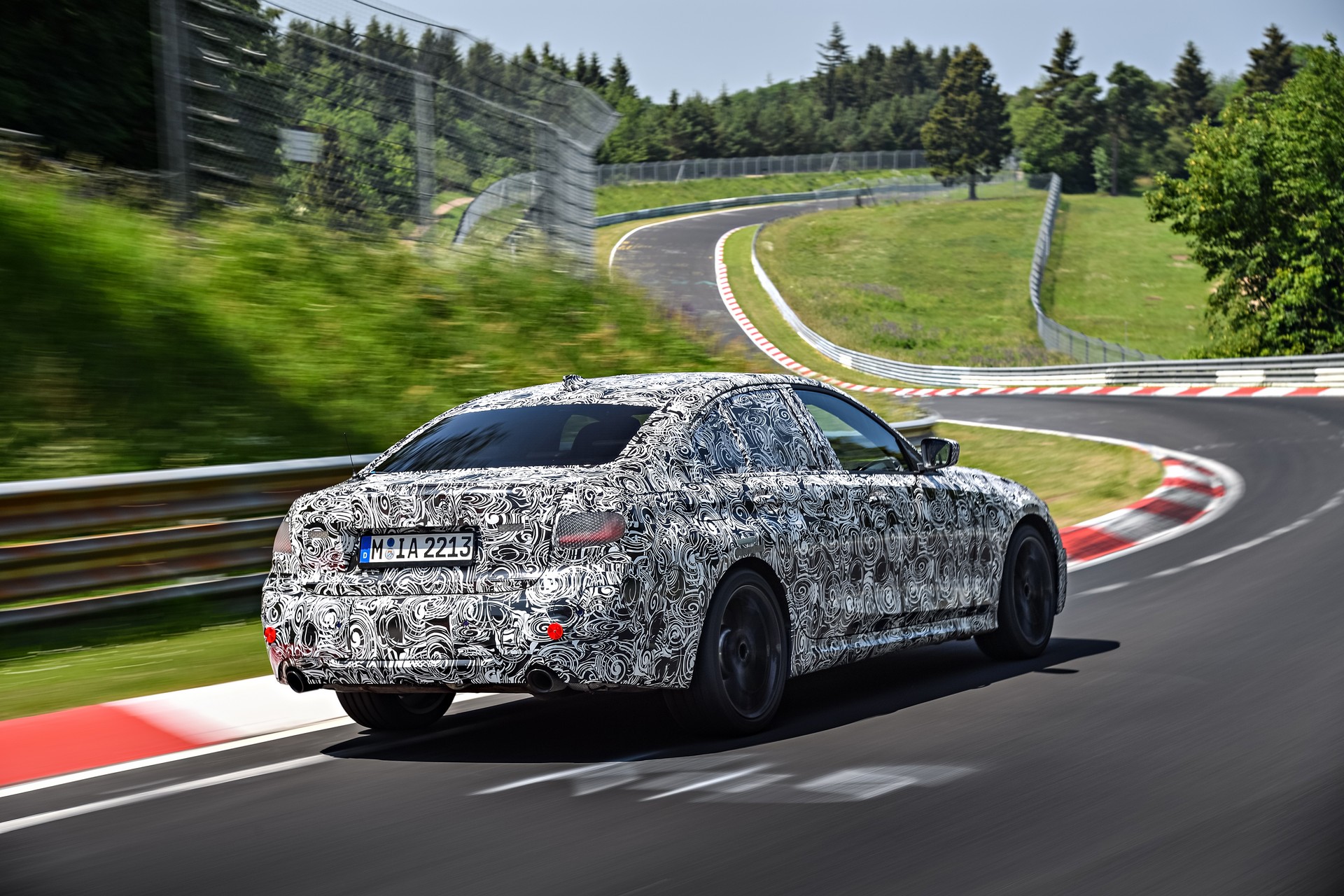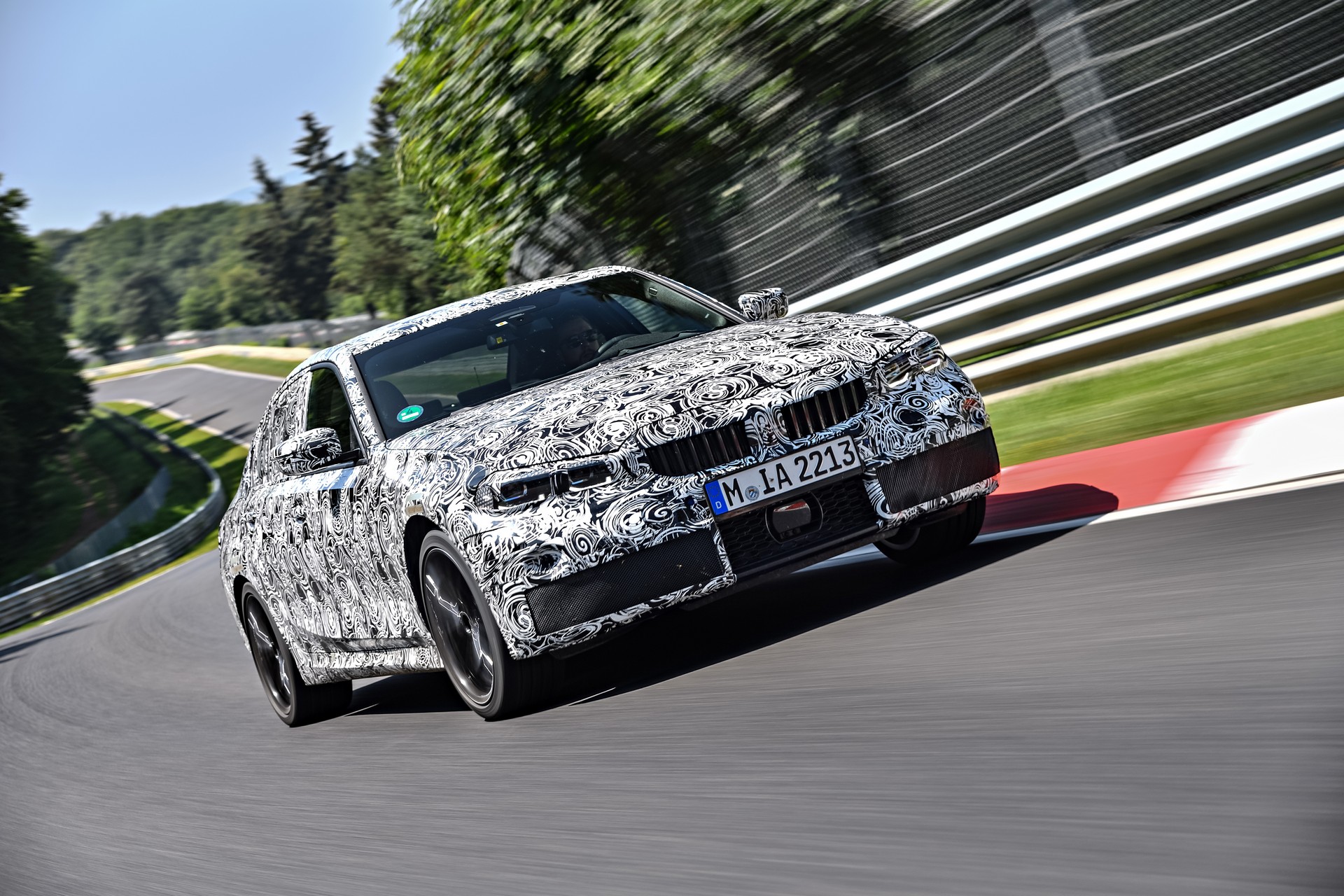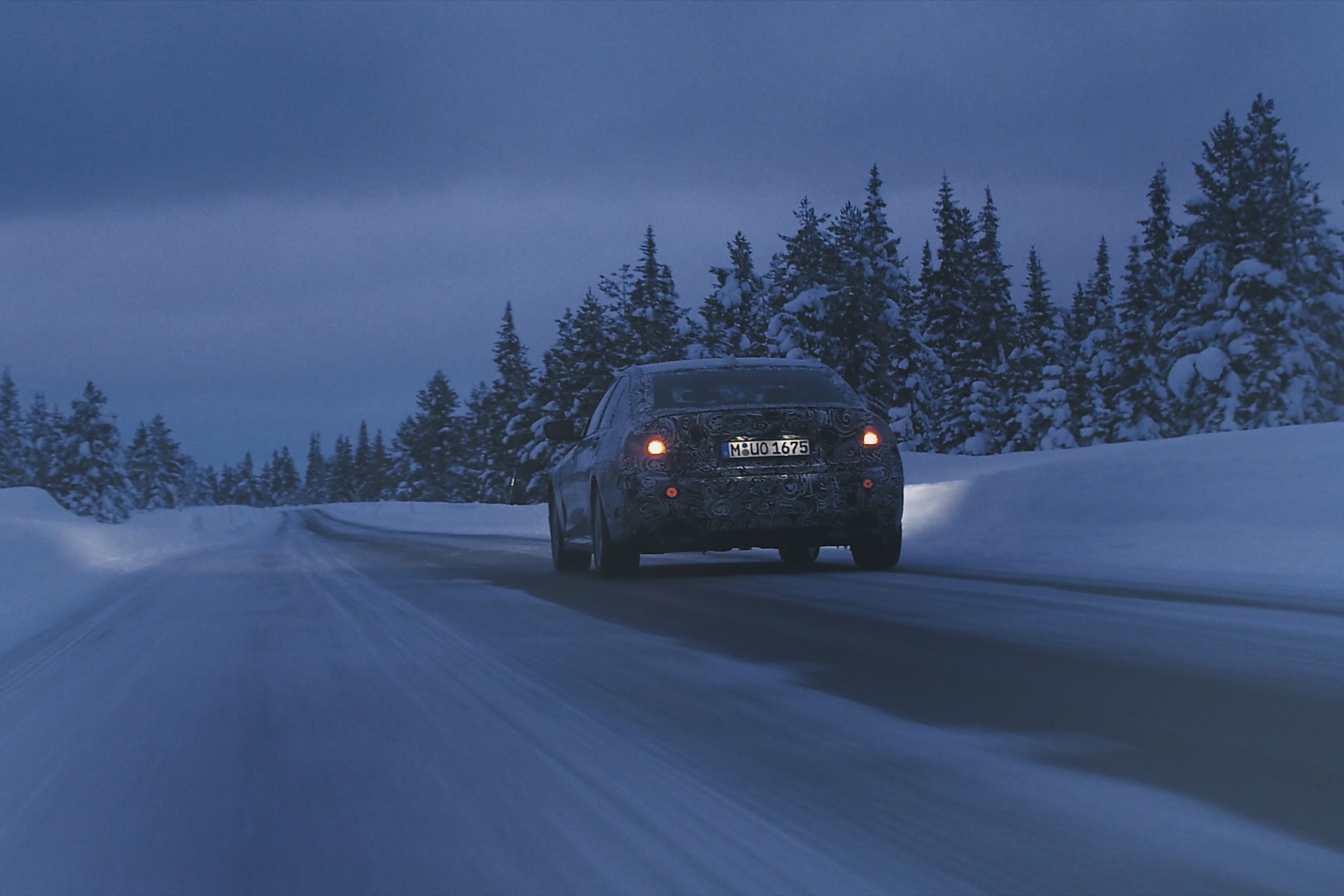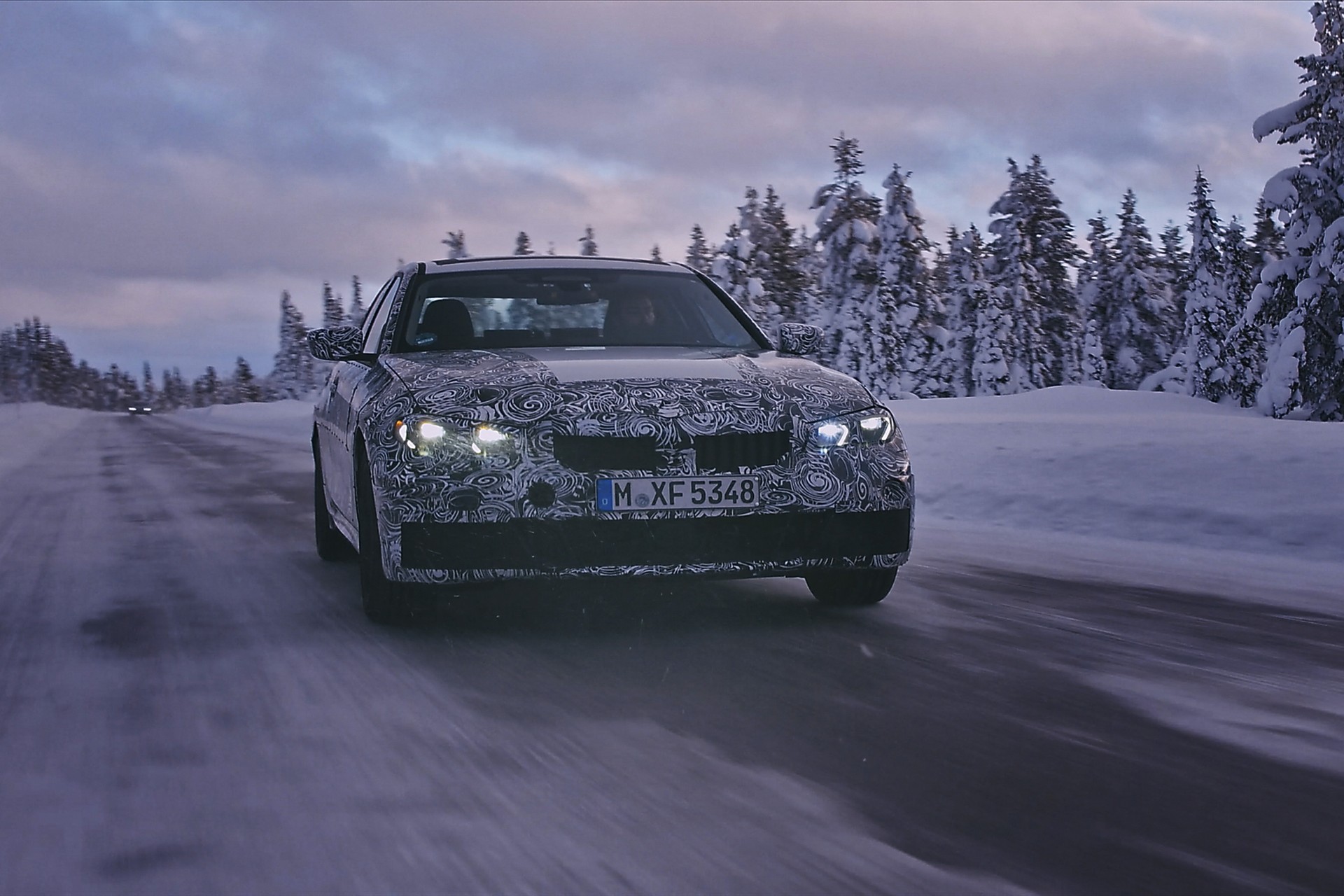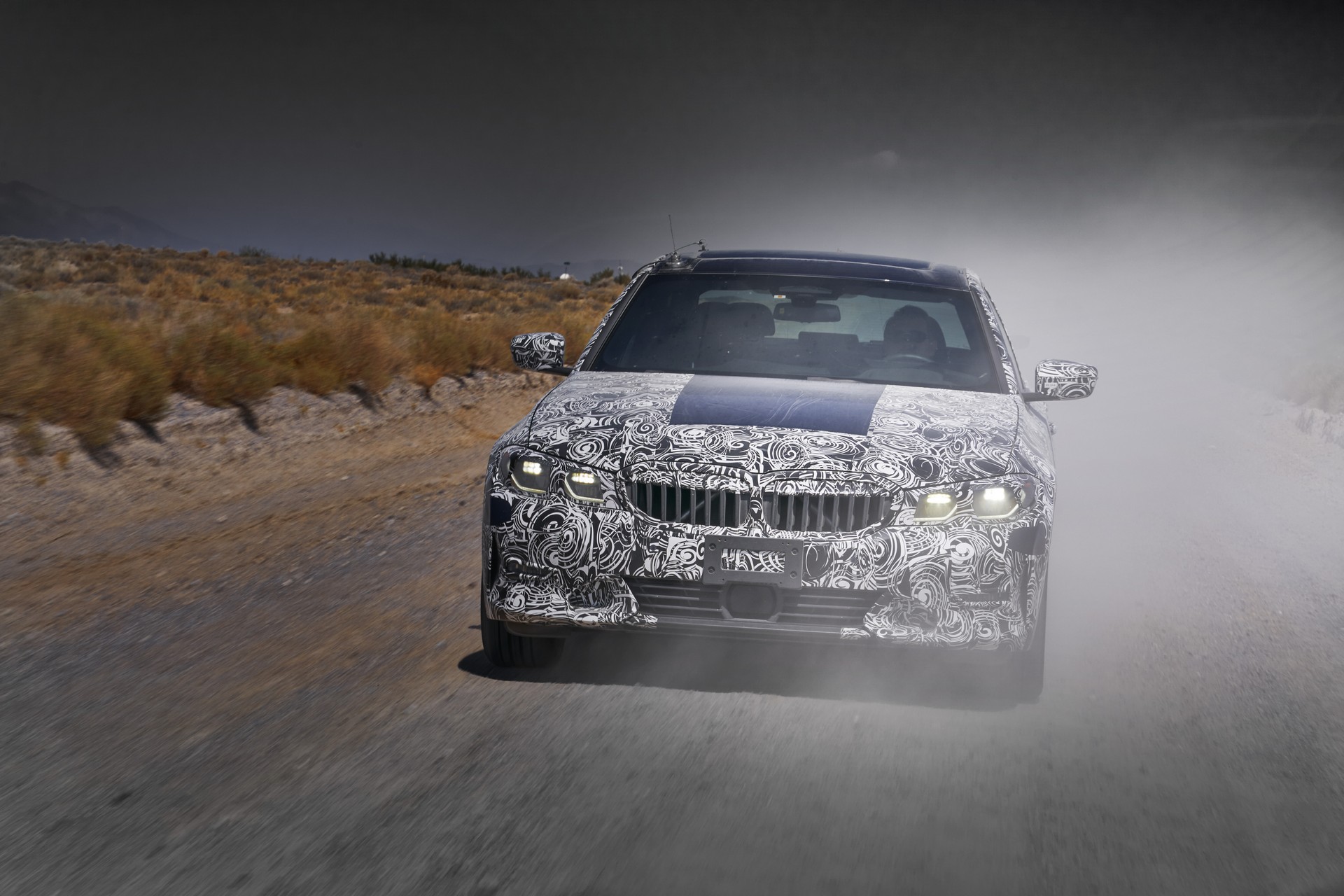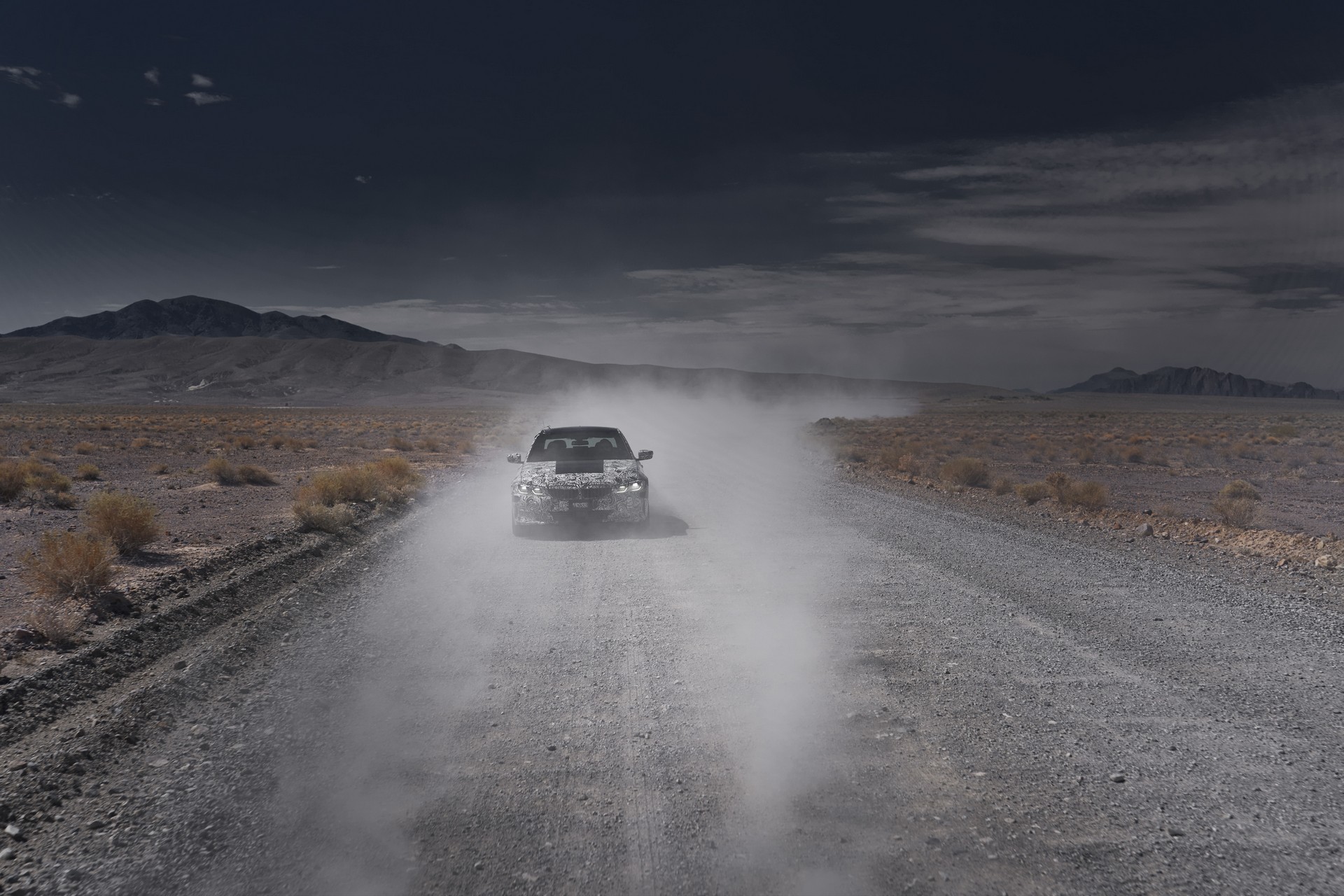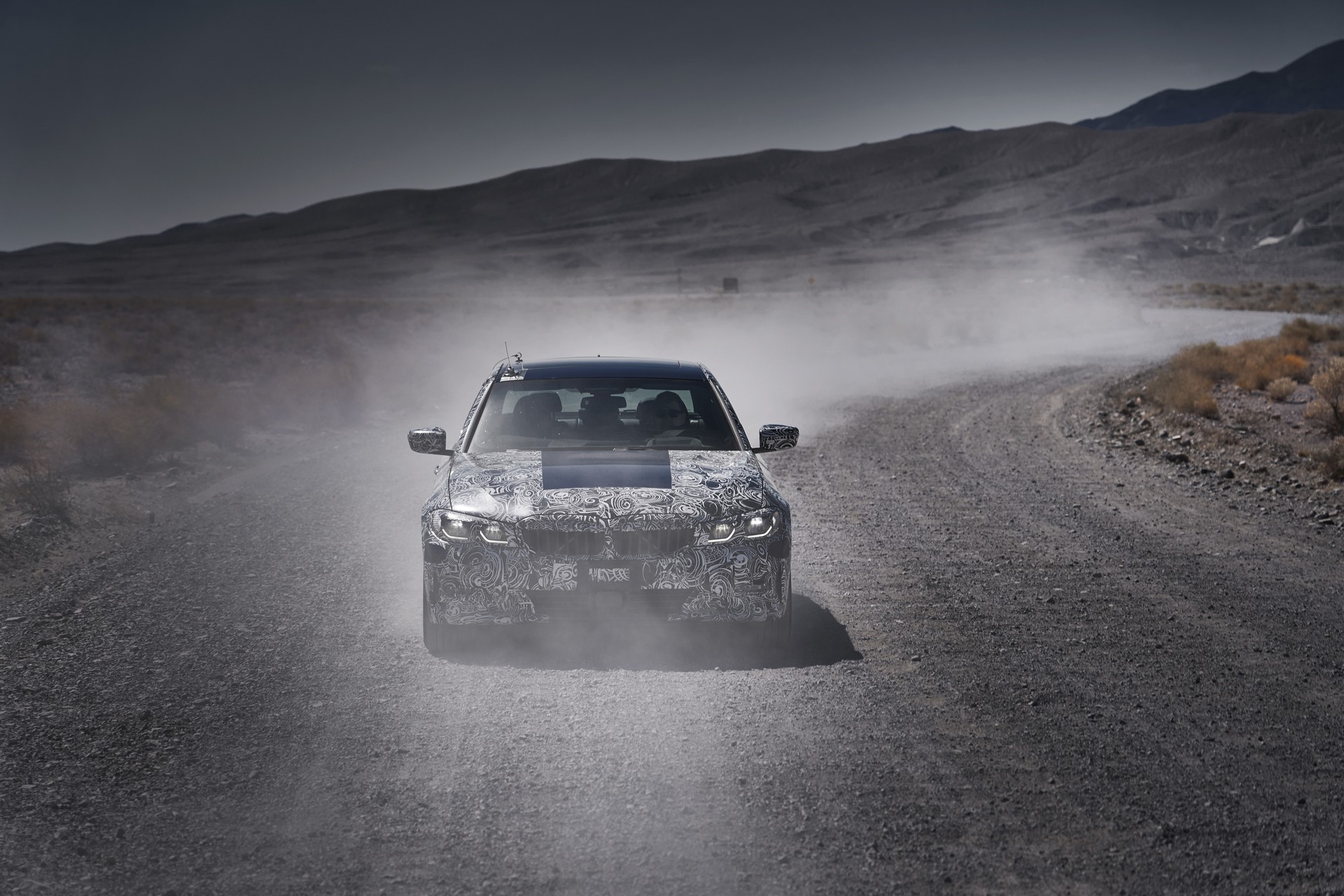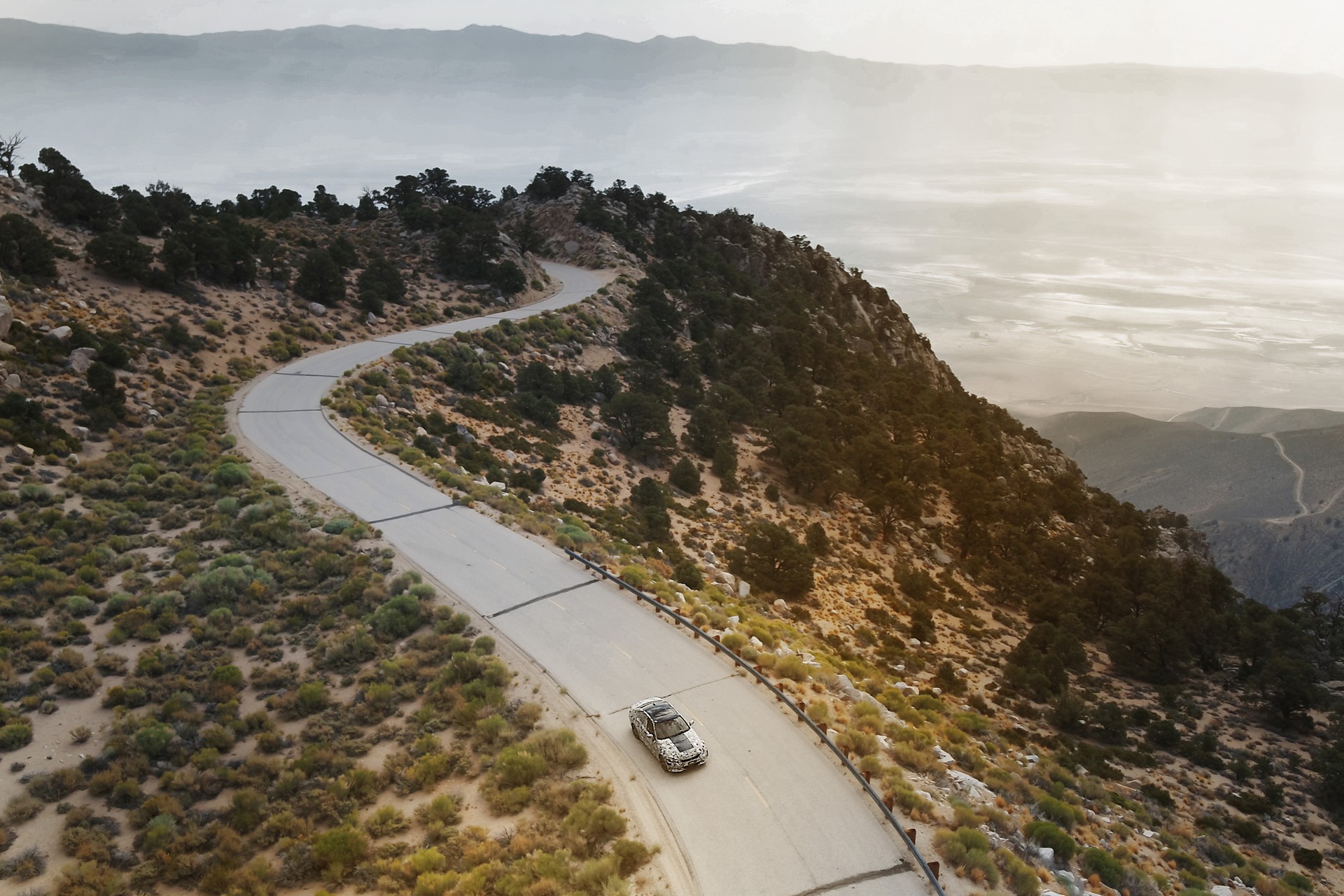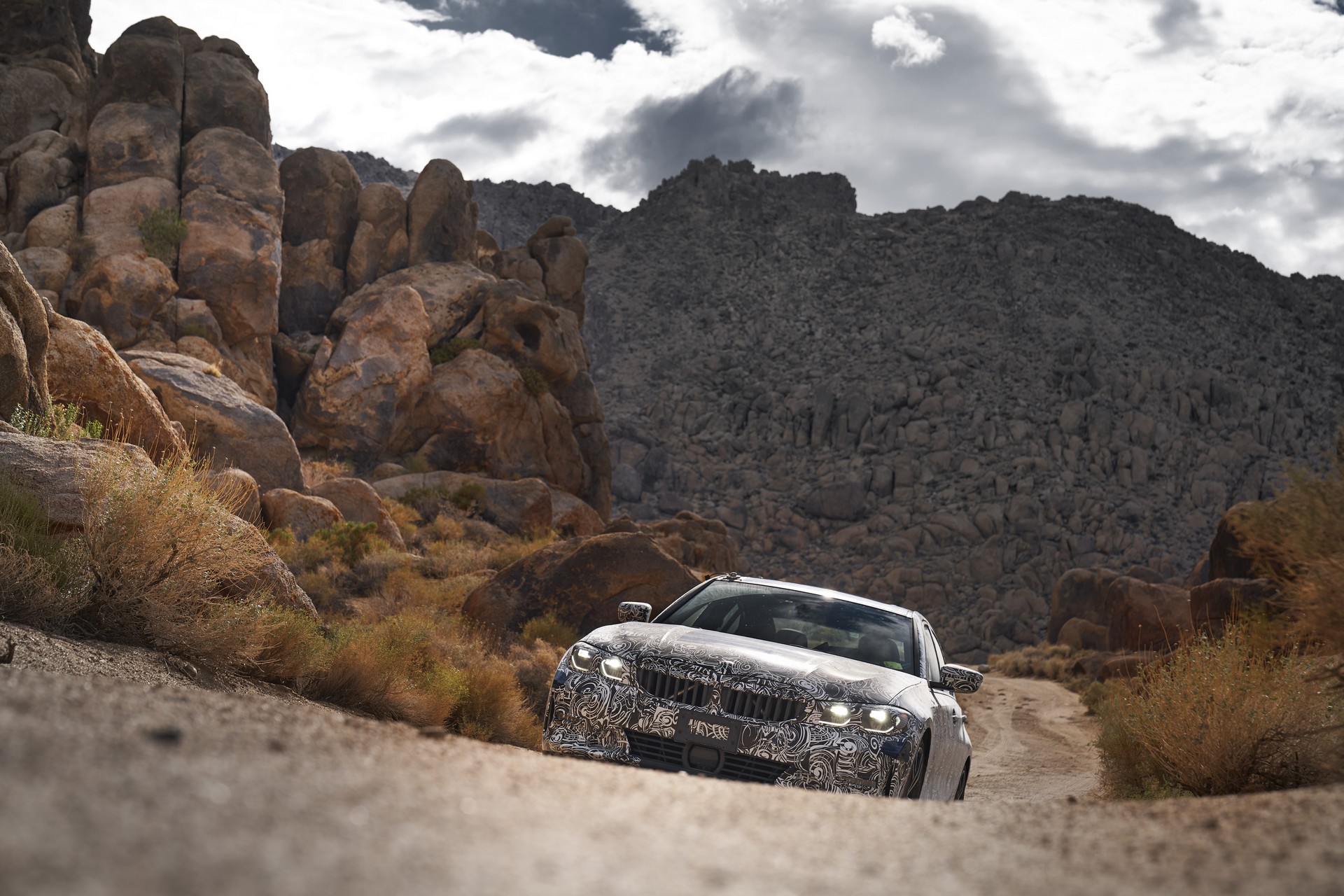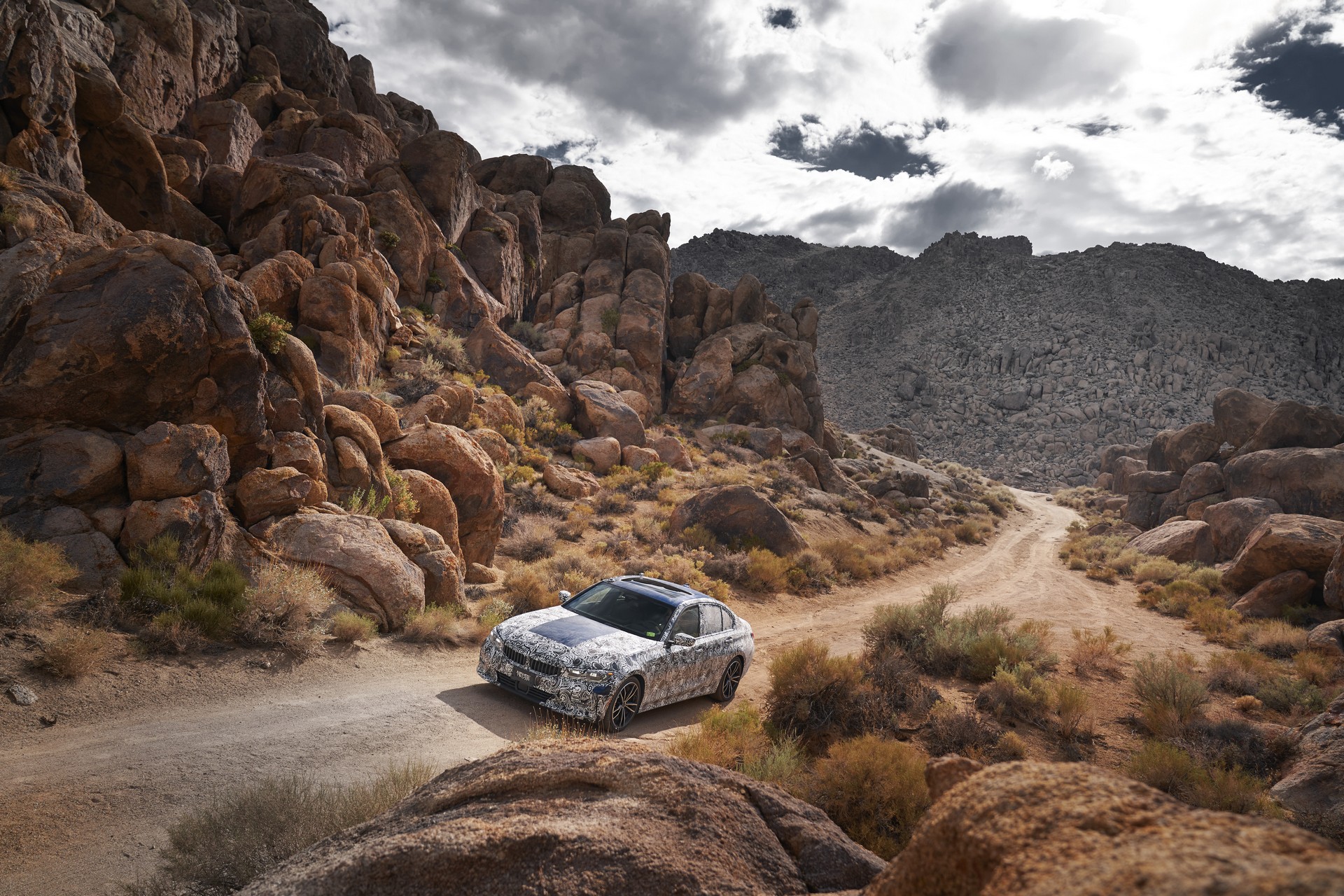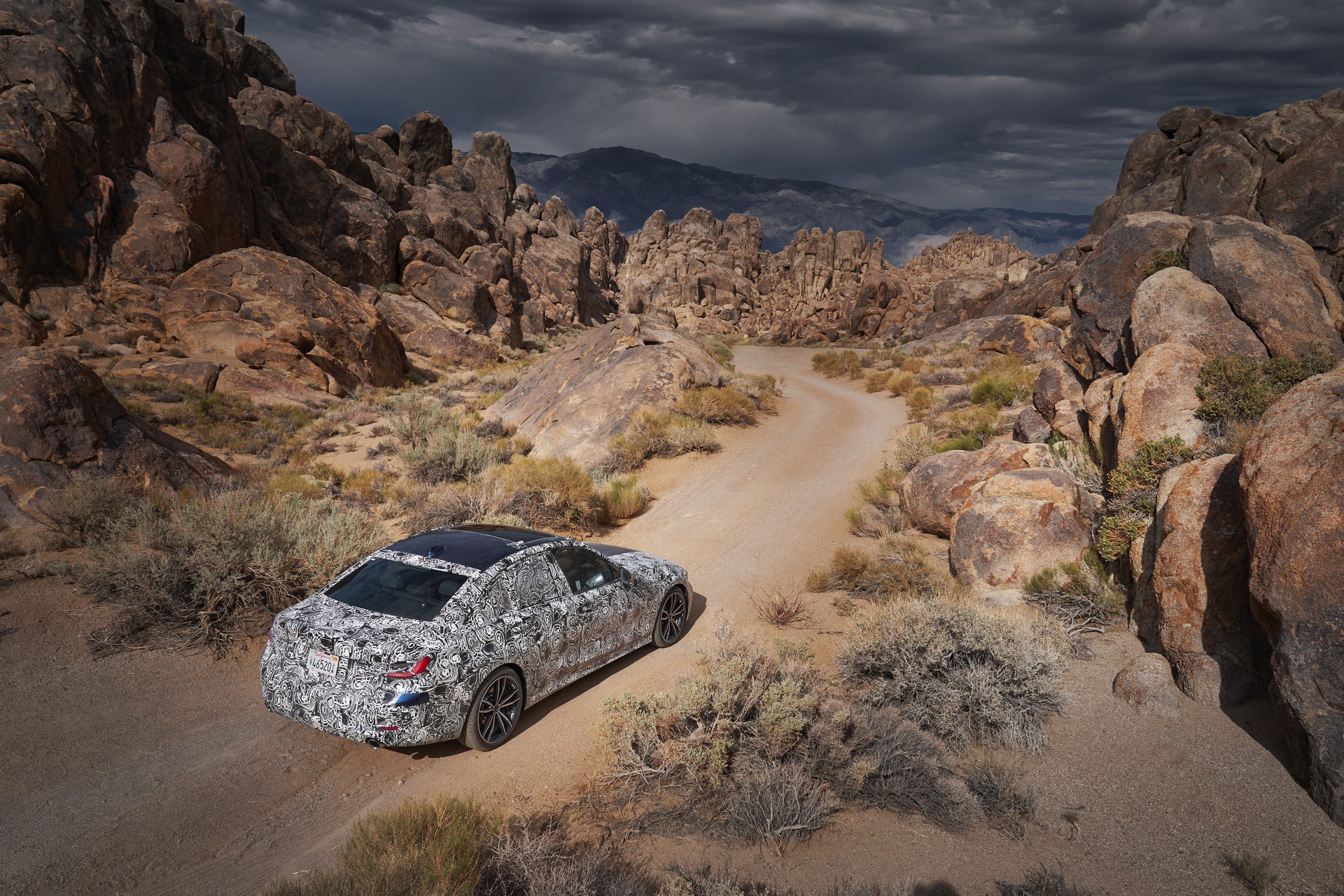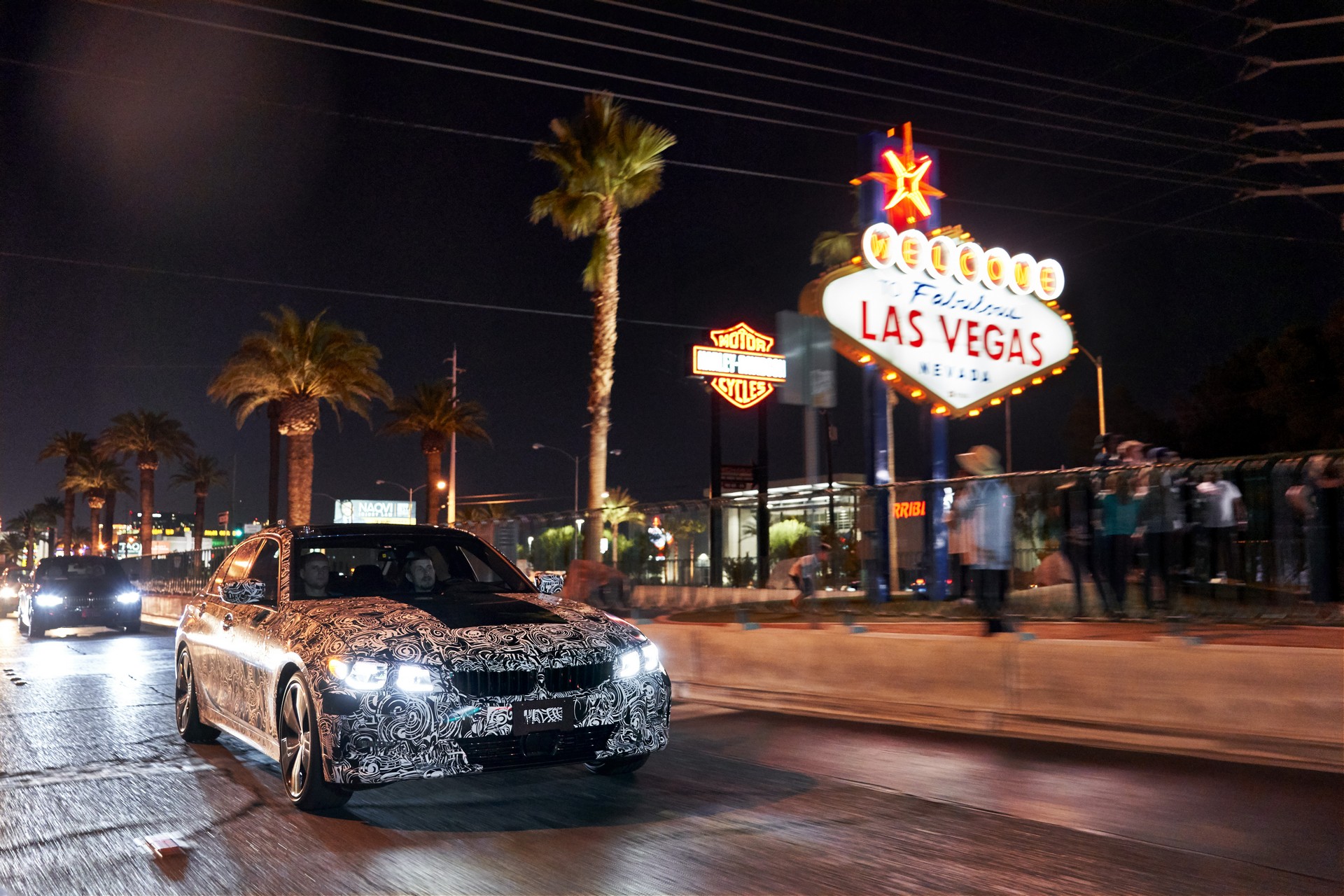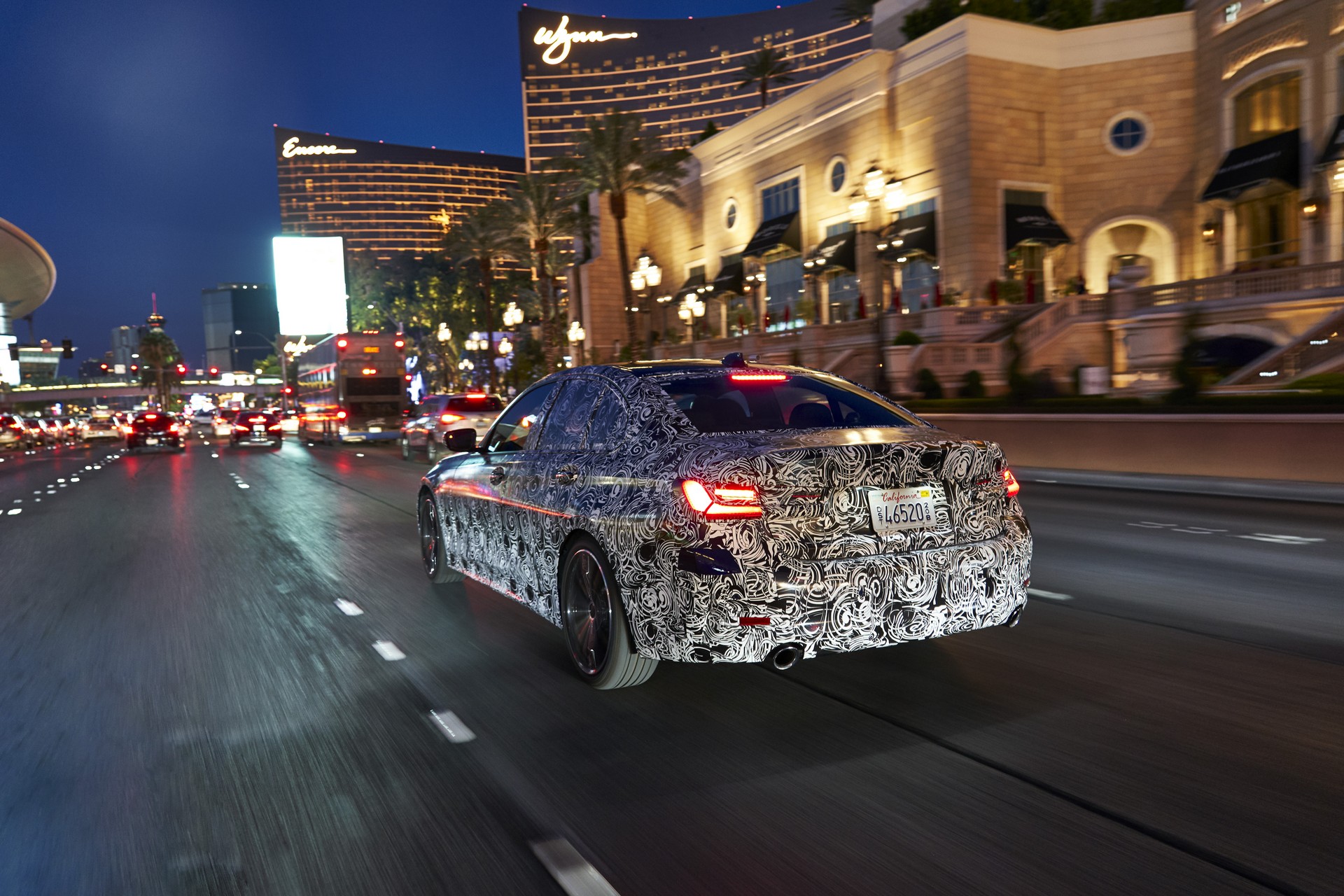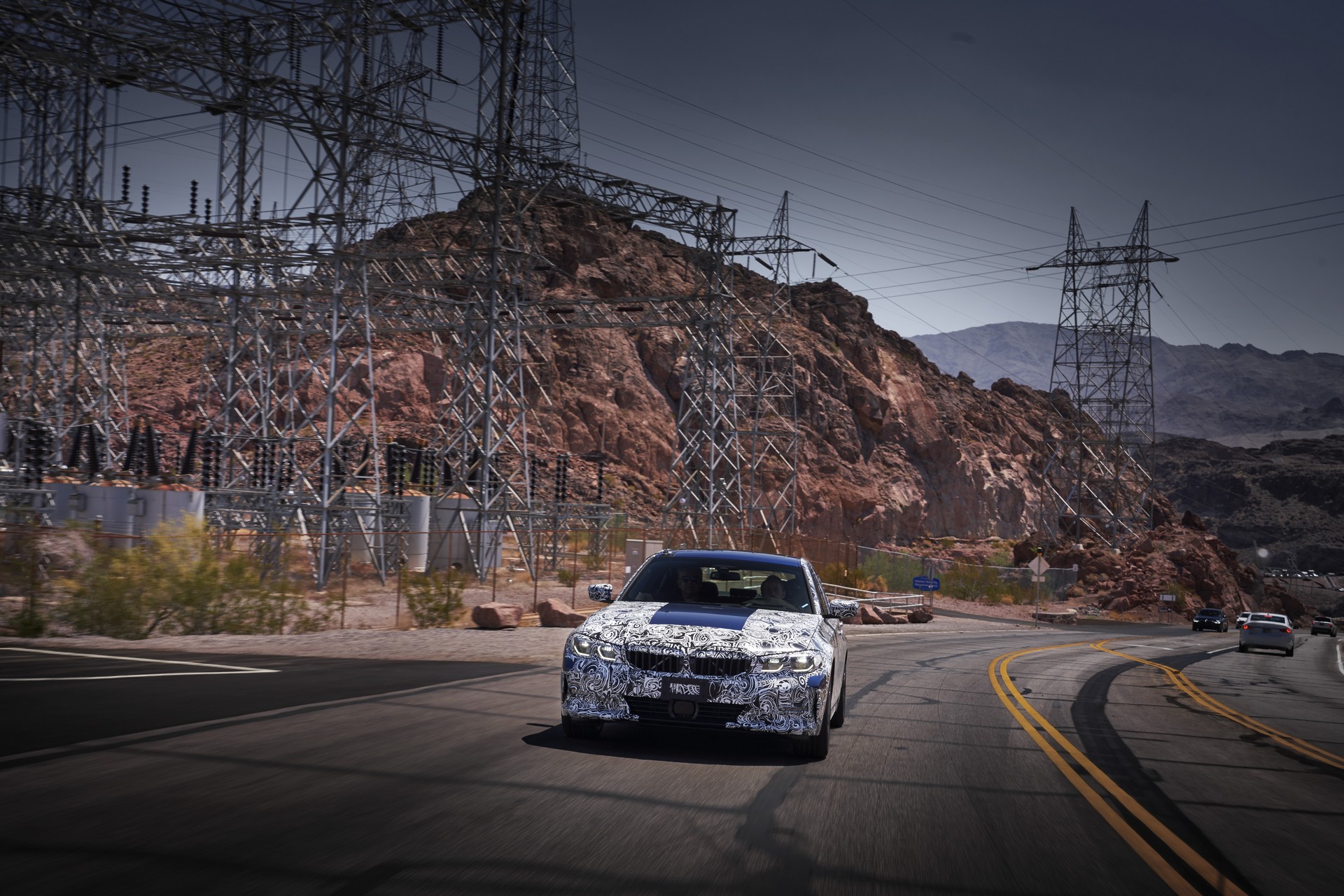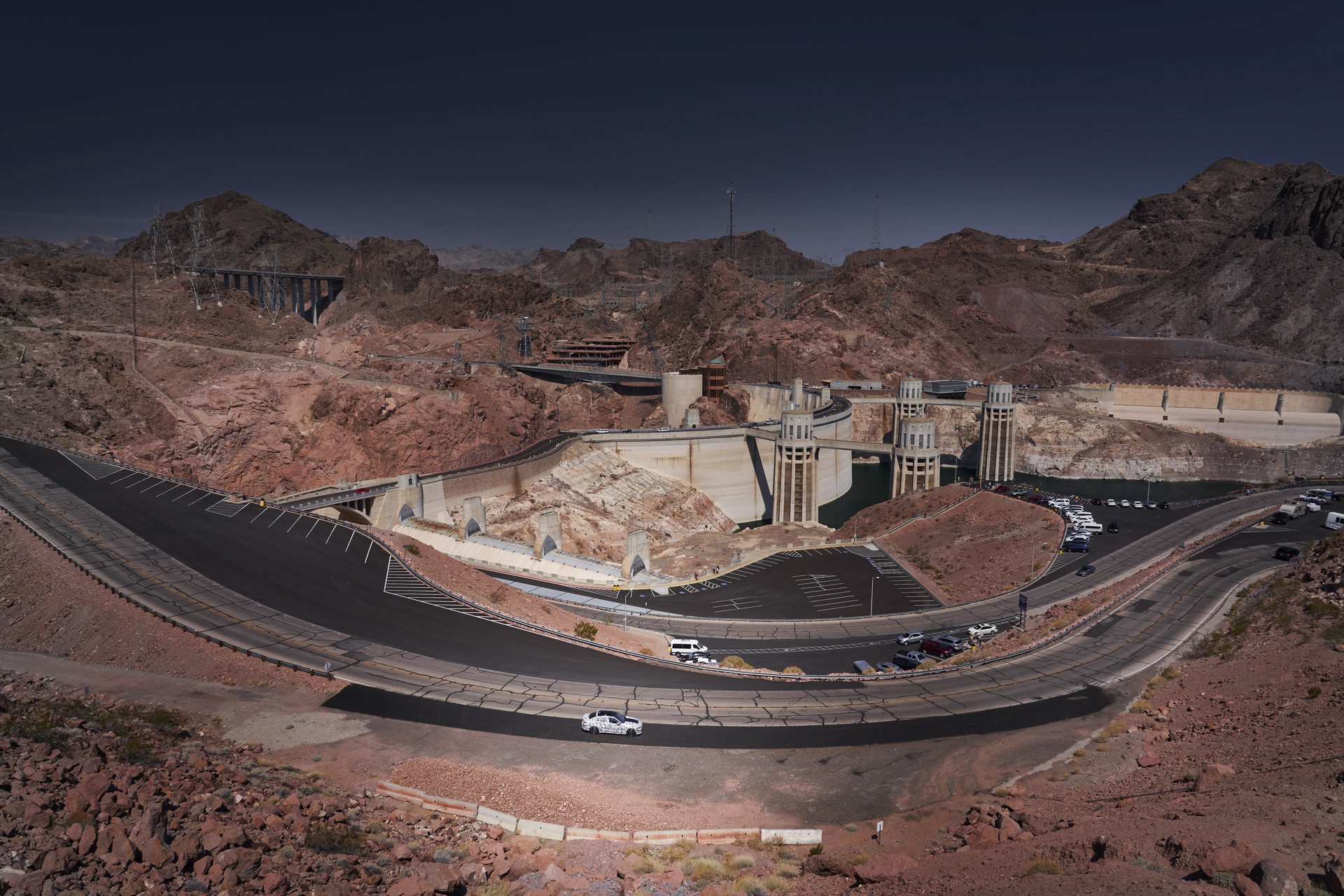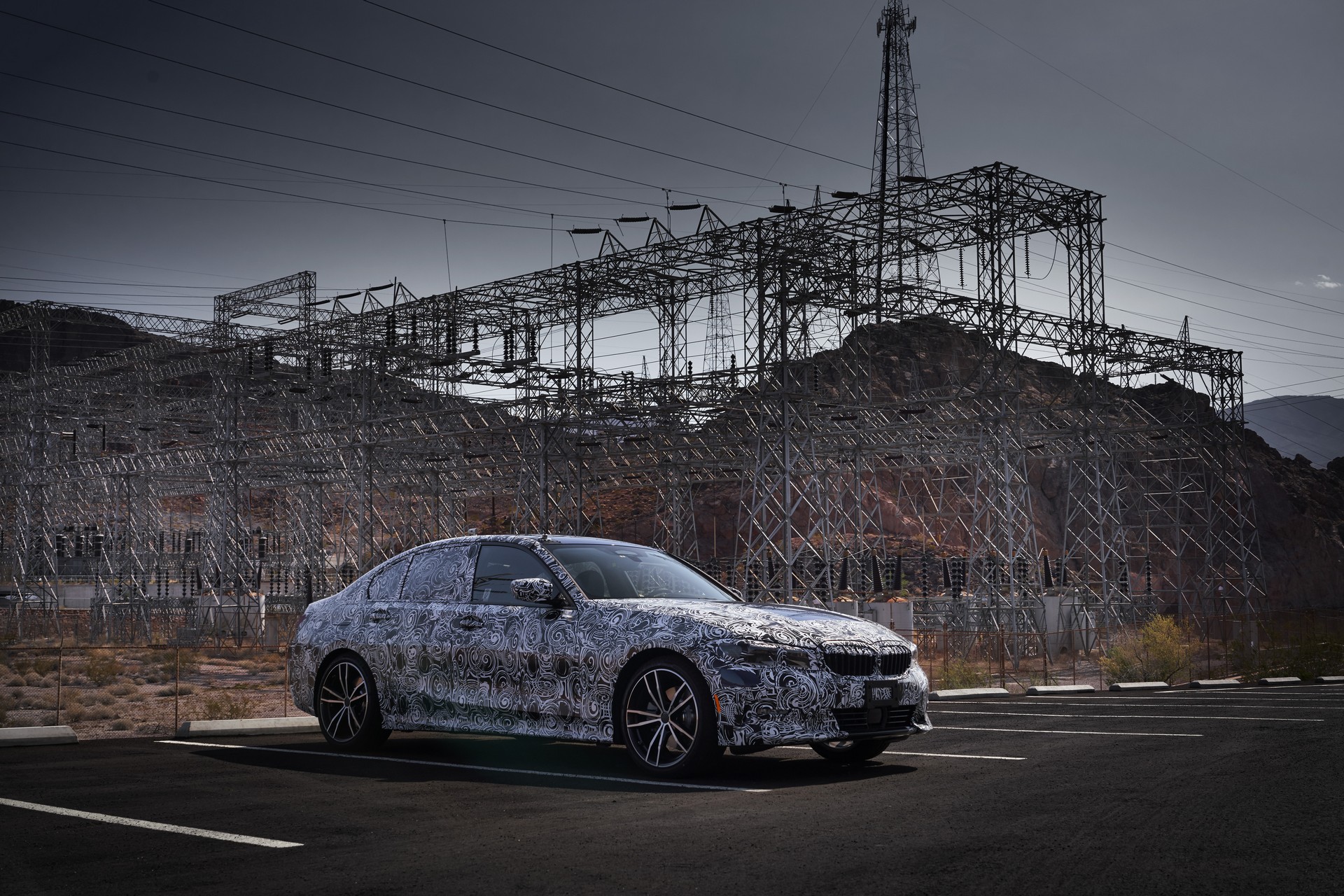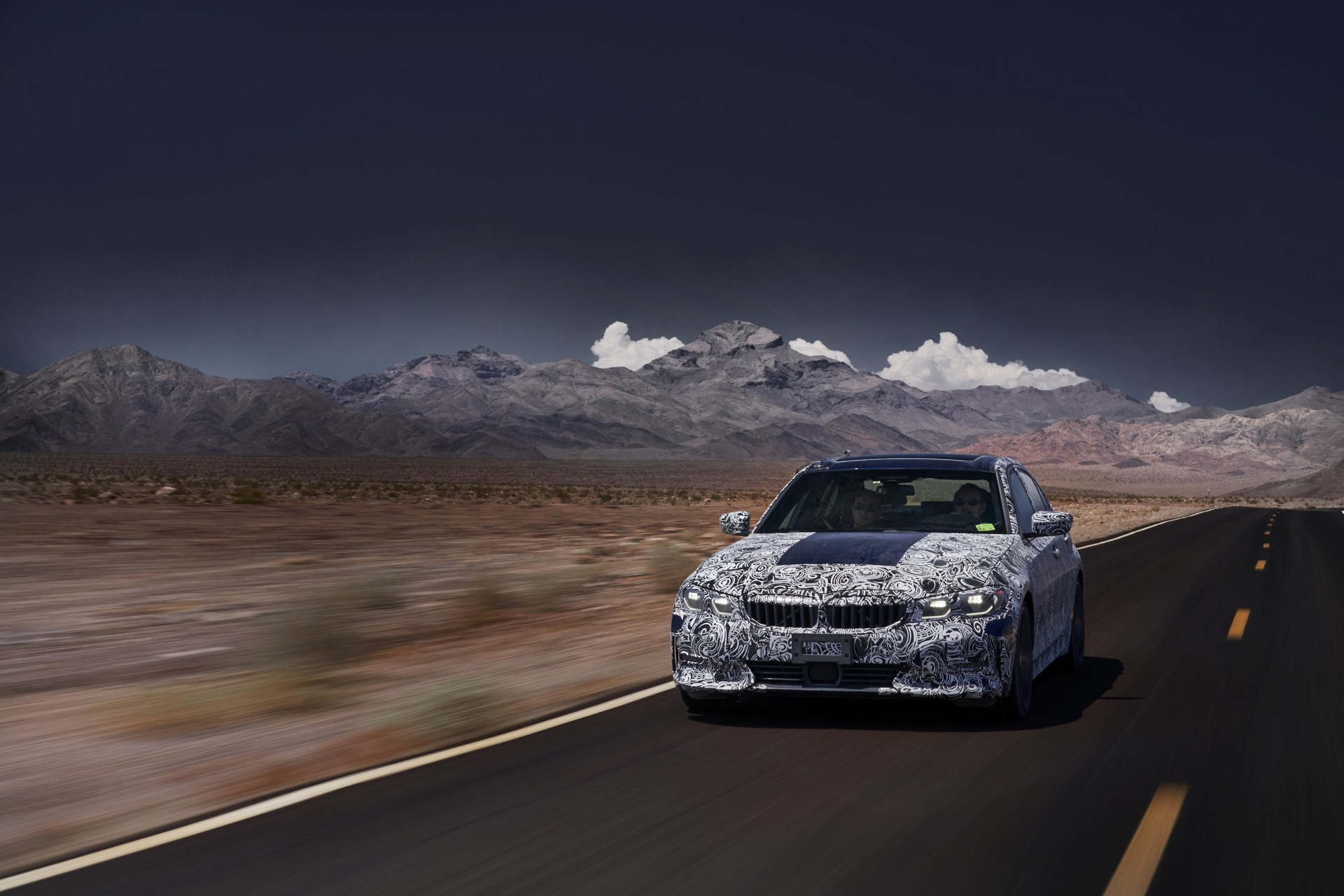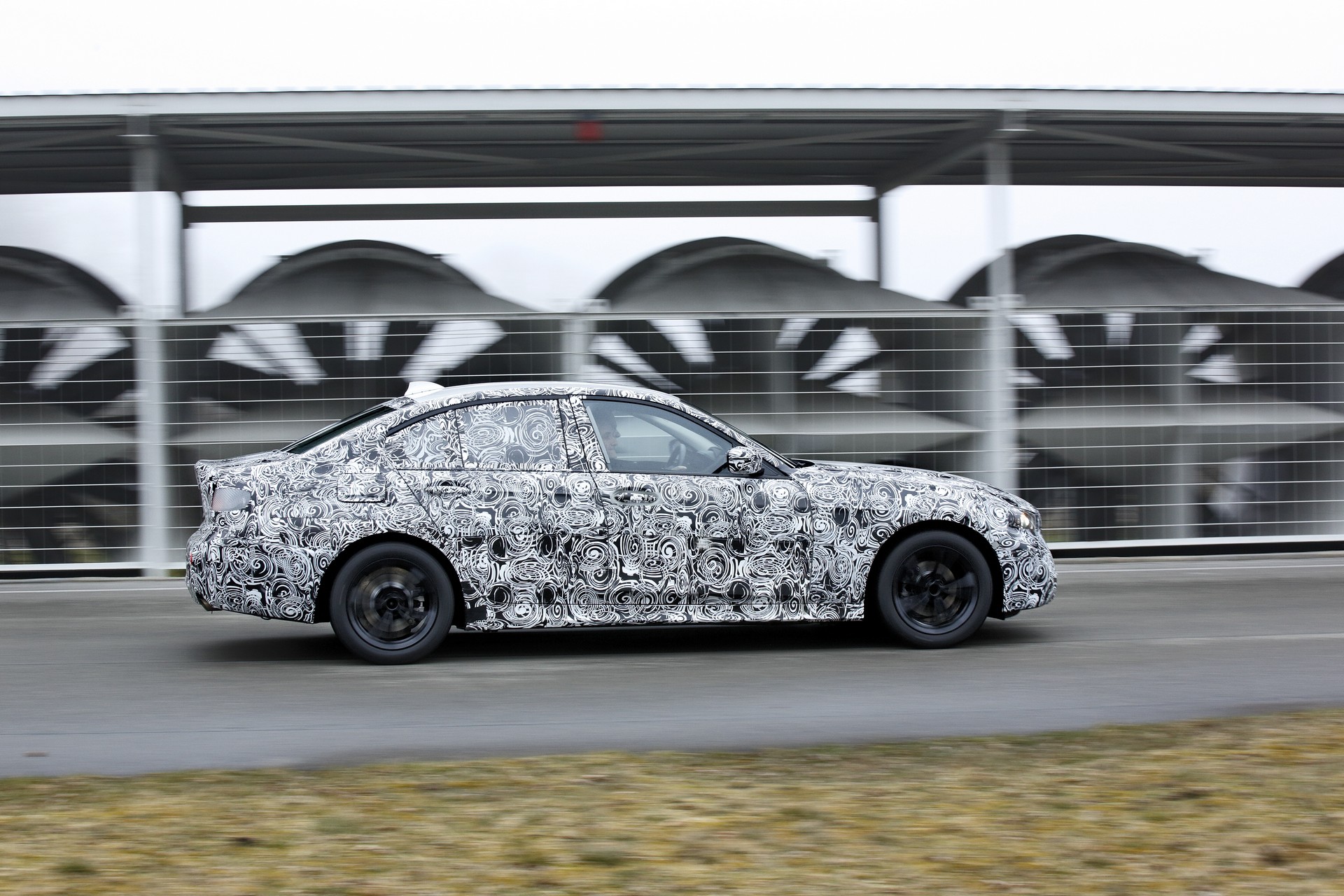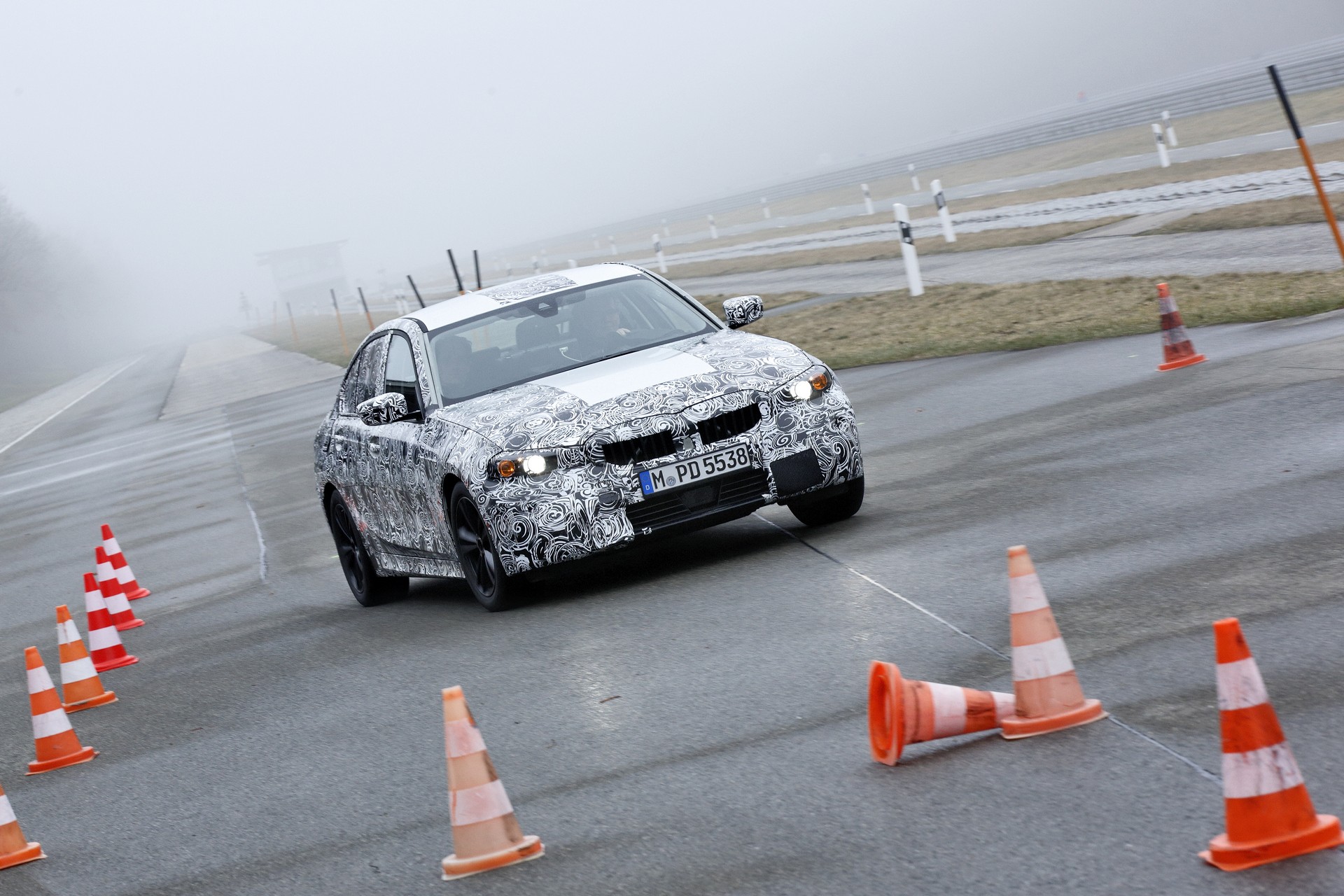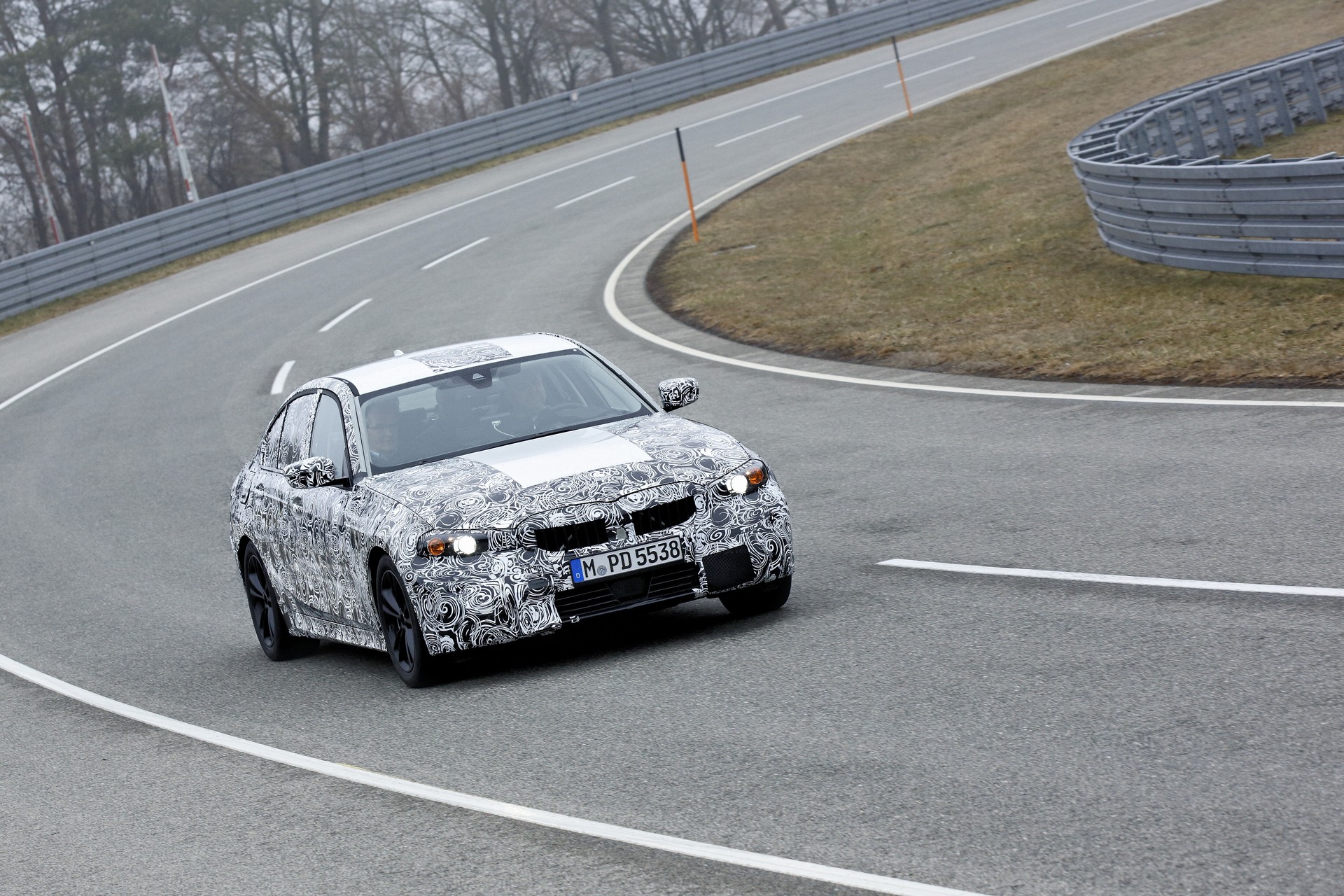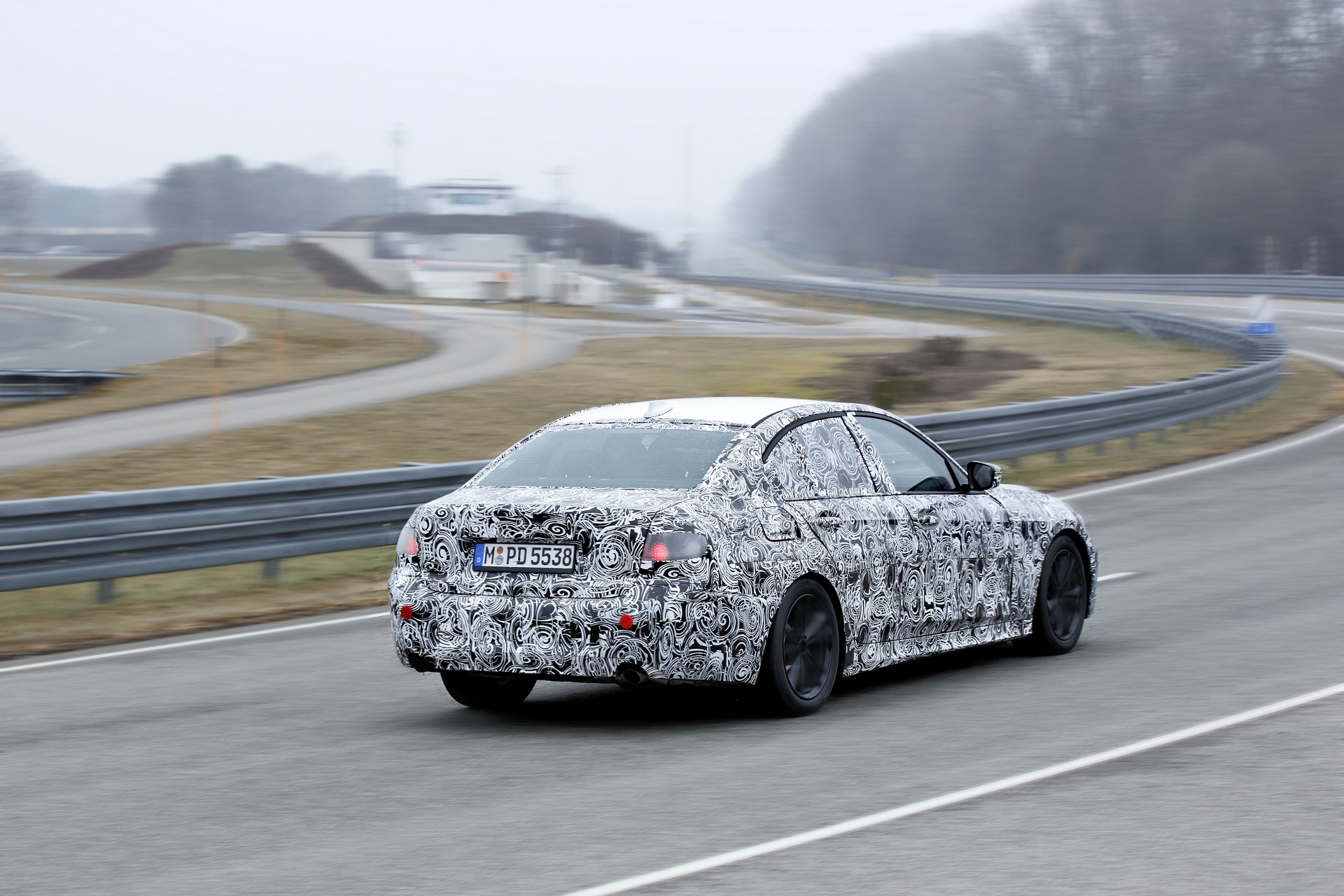The 2019 BMW 3-Series is entering its final phase of testing and the automaker is celebrating the occasion by taking a look back at the tests the model has already completed.
Starting in the United States, the 3-Series was taken to Death Valley where the prototypes were “fried repeatedly in the sun for several hours, then cooled and thoroughly checked over.” The extreme temperatures also taxed the automatic climate control system as engineers would let the interior warm up to 140° F (60° C) before cooling it down as quickly as possible.
Besides Death Valley, BMW tested the model against electromagnetic rays emitted from the hydroelectric plant at the Hoover Dam. More traditional tests were conducted on Mount Whitney which is 13,123 feet (4,000 meters) tall.
There, engineers drove the model up and down the mountain while “accelerating hard and braking suddenly to a standstill with crushing frequency.”
While many of the American tests focused on heat, the Swedish tests were the complete opposite. The extreme snow and ice near the Arctic Circle made Arjeplog the ideal place to test the car’s dynamic stability control system, M Sport differential and all-wheel drive system.
Of course, BMW models have to handle more than just heat and cold so the 3-Series was extensively tested at the Aschheim proving grounds, the Miramas test facility and the Nürburgring. Designers also fine tuned the car’s shape in wind tunnels and were able to achieve a drag coefficient of 0.23. In order to hit this impressive number, the 3-Series has been equipped with an aerodynamic underbody, a rear spoiler and aerodynamically optimized wheels.
The 3-Series was even tested well before the first prototypes were built. Thanks to computer simulations, the car was subjected to more than 12,000 different maneuvers in an effort to optimize driving dynamics. Data from these simulations was used to create mules which themselves were tested extensively.
While BMW was more than happy to talk about the testing program, the company remained tight-lipped about the production model. However, the automaker has previously said the new 3-Series has a lower center of gravity than its predecessor and weighs up to 121 lbs (55 kg) less. The car also has a perfect 50:50 weight distribution, an assortment of suspension options and a “thoroughly revised” four-cylinder petrol engine.
The latter promises to be the powerful four-cylinder ever fitted in a production BMW and it can be paired to an improved eight-speed automatic transmission. Despite the performance gains, the model will be approximately five percent more fuel-efficient than its predecessor.




